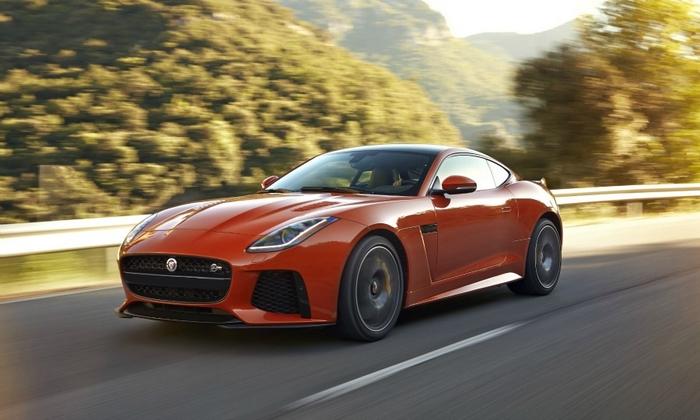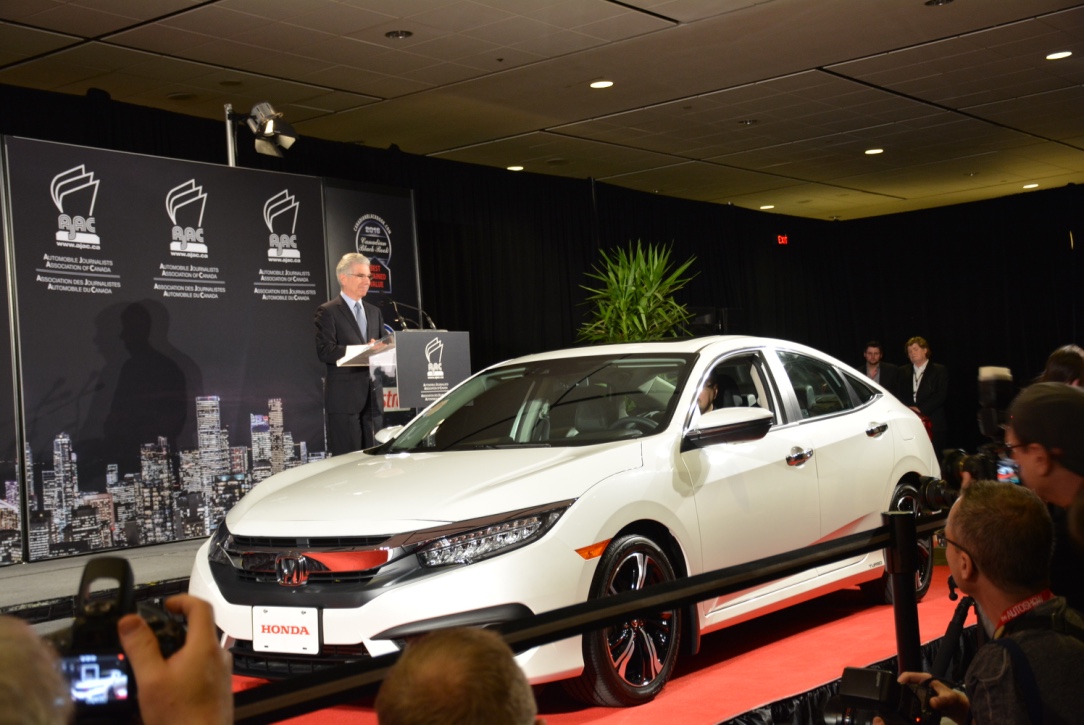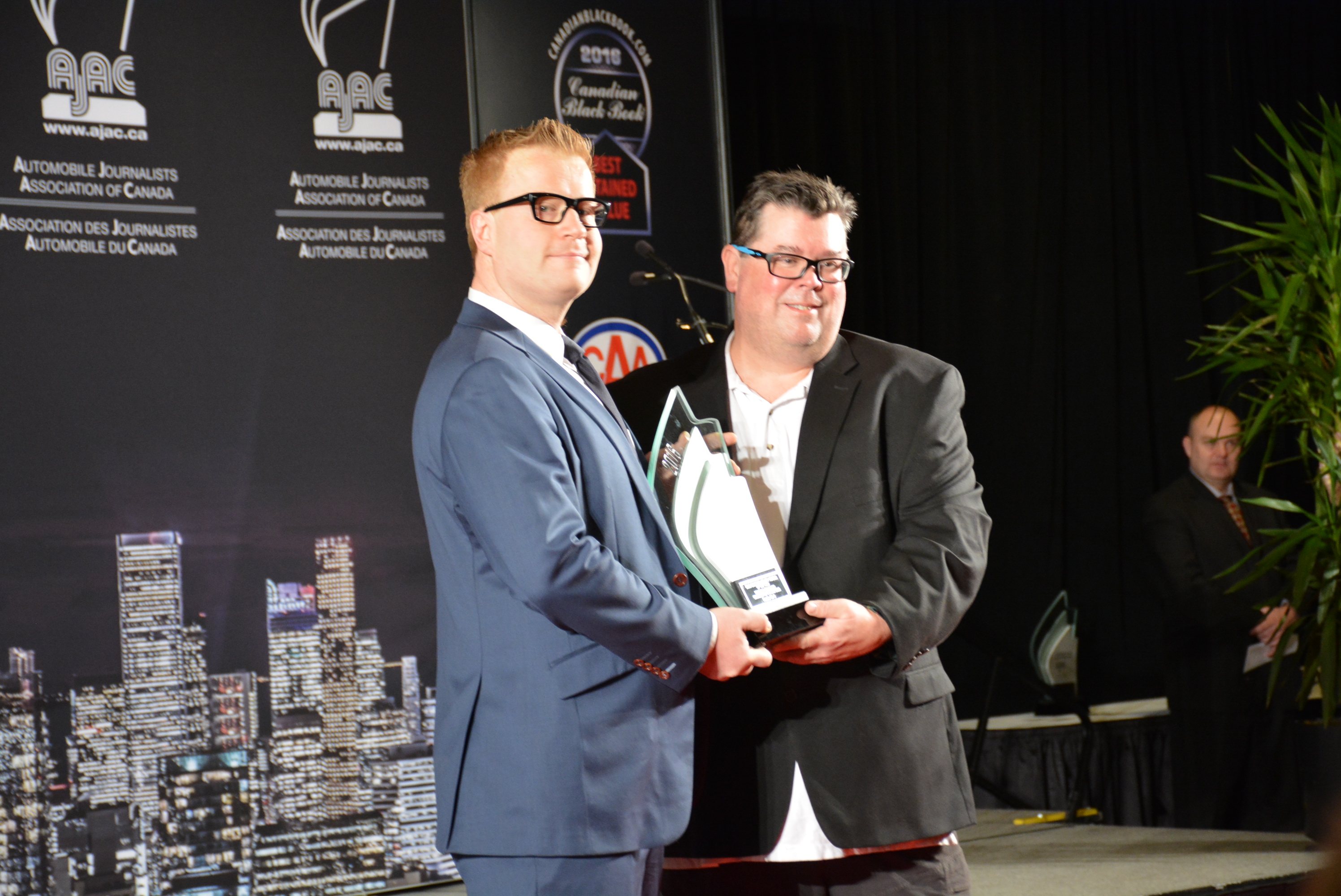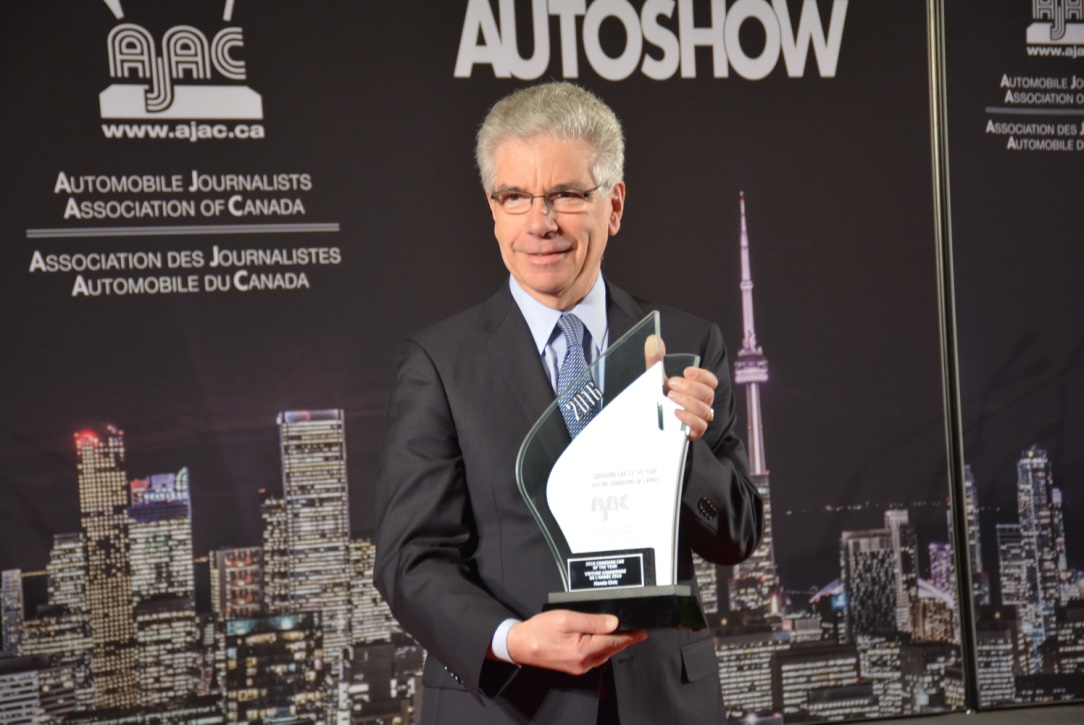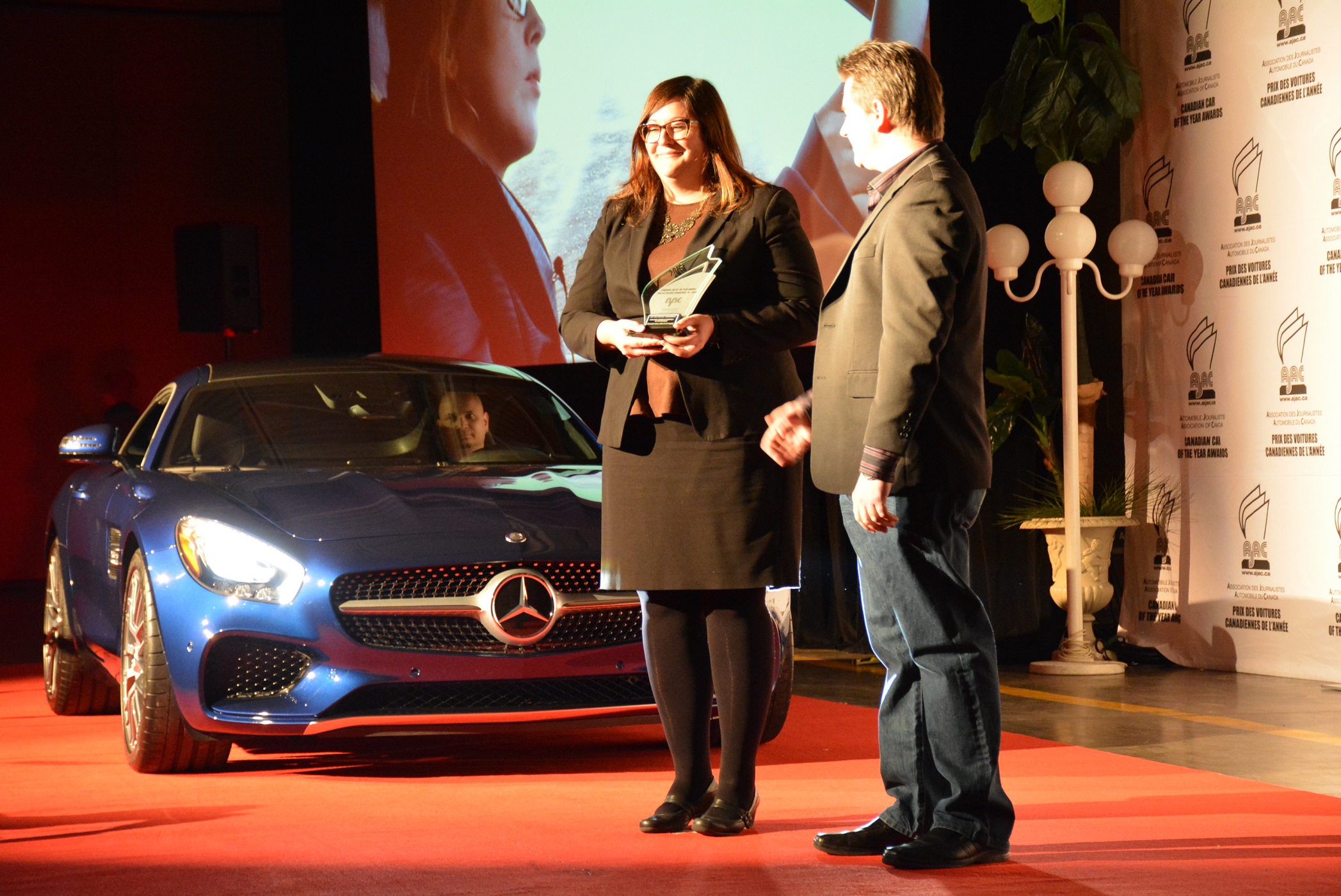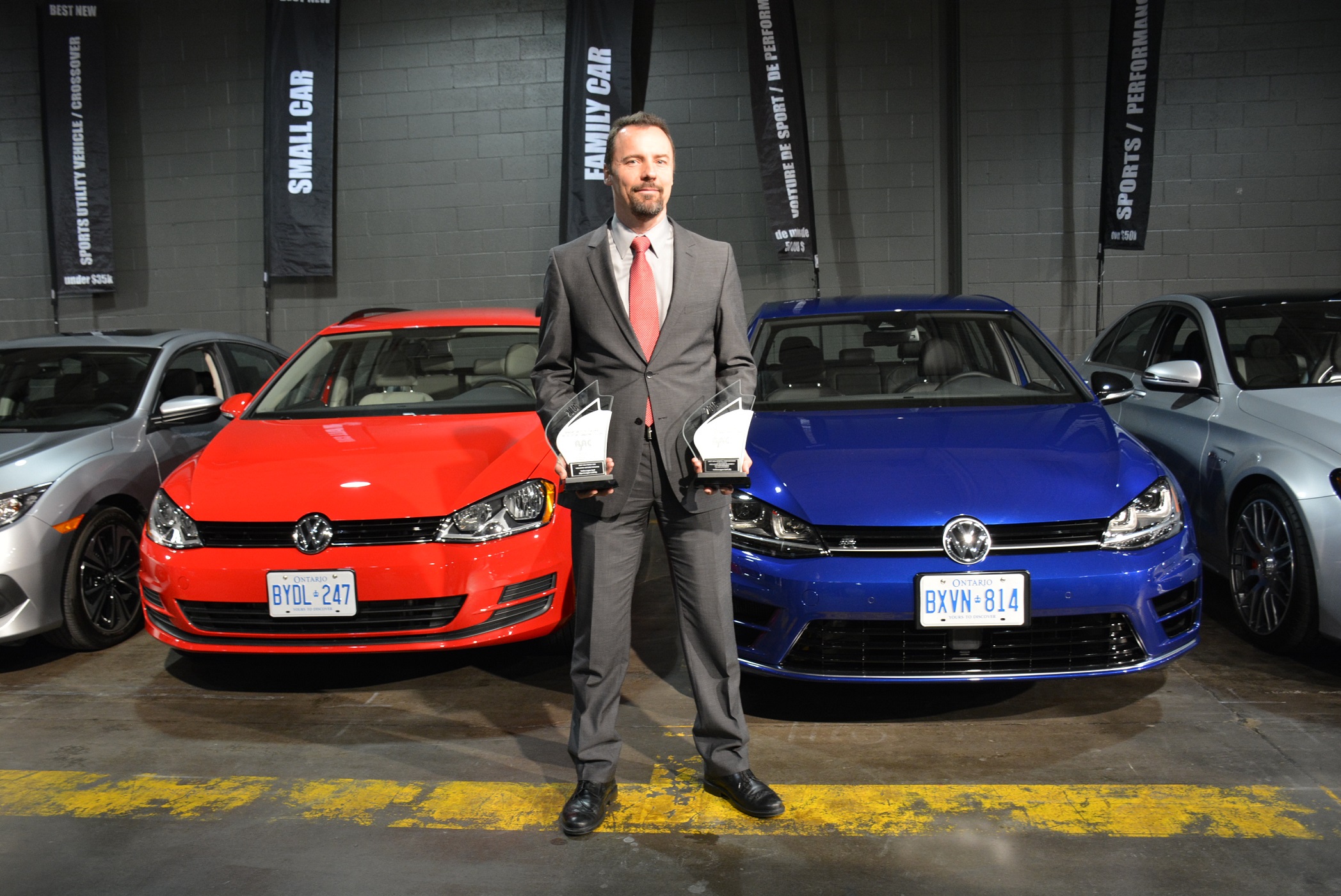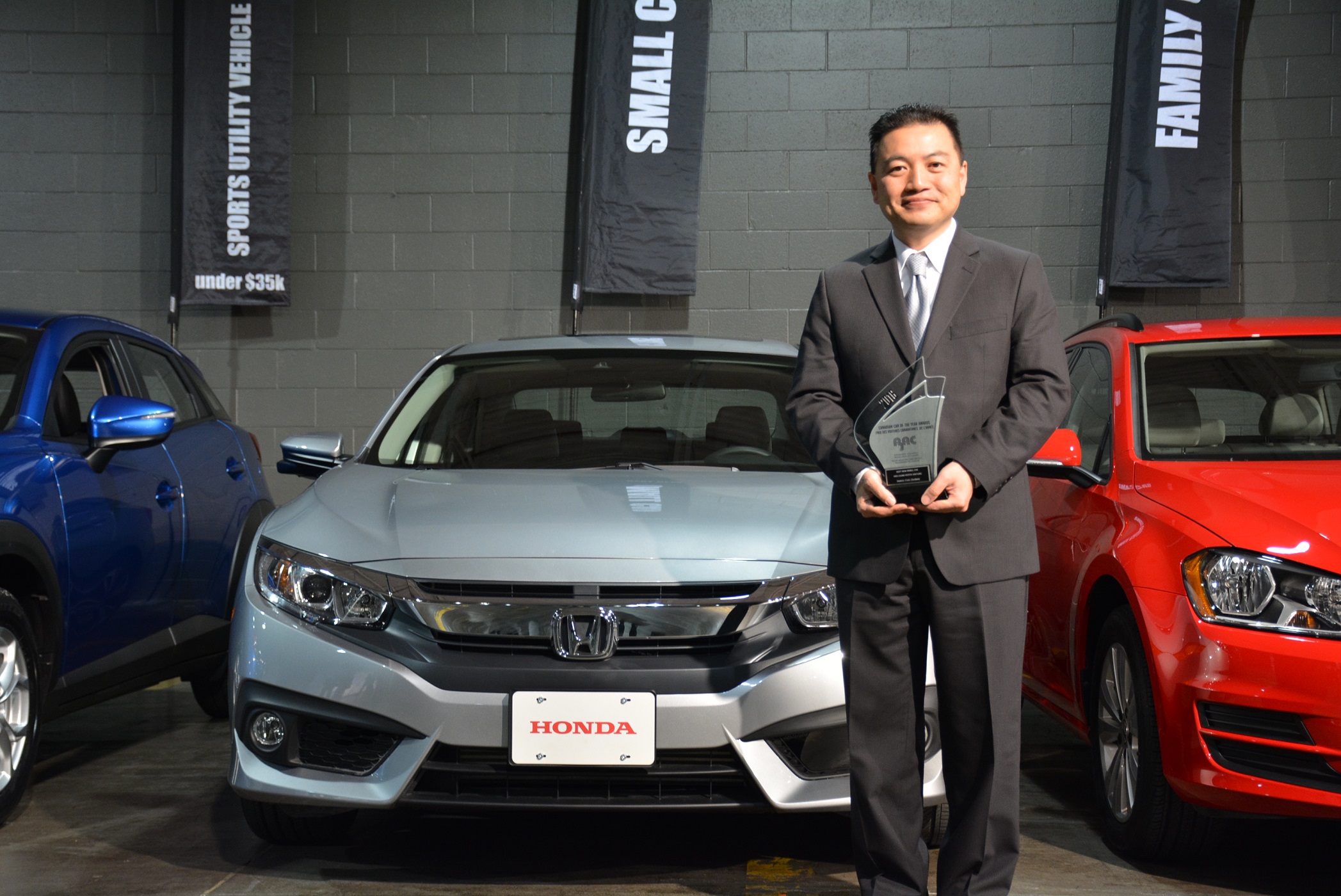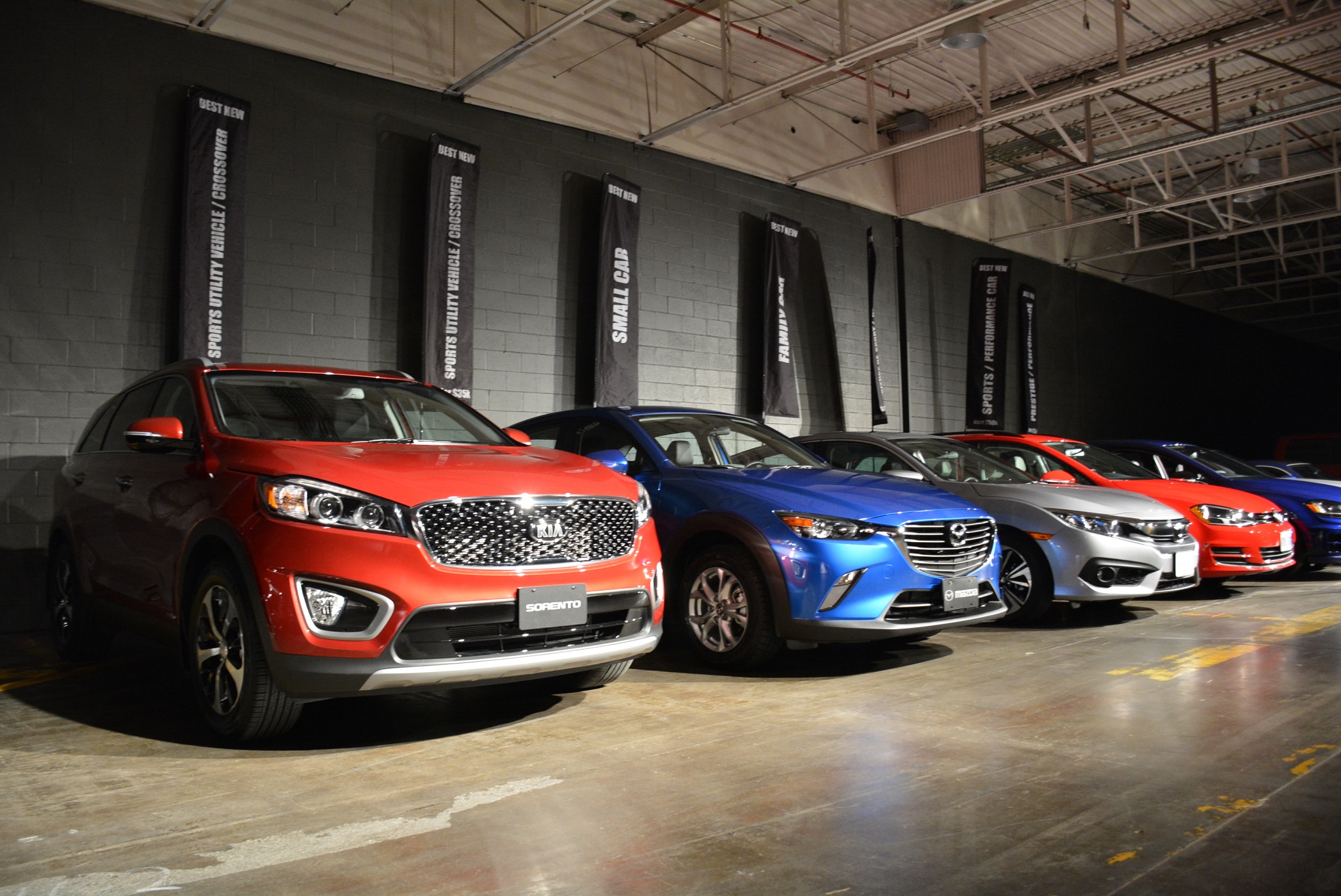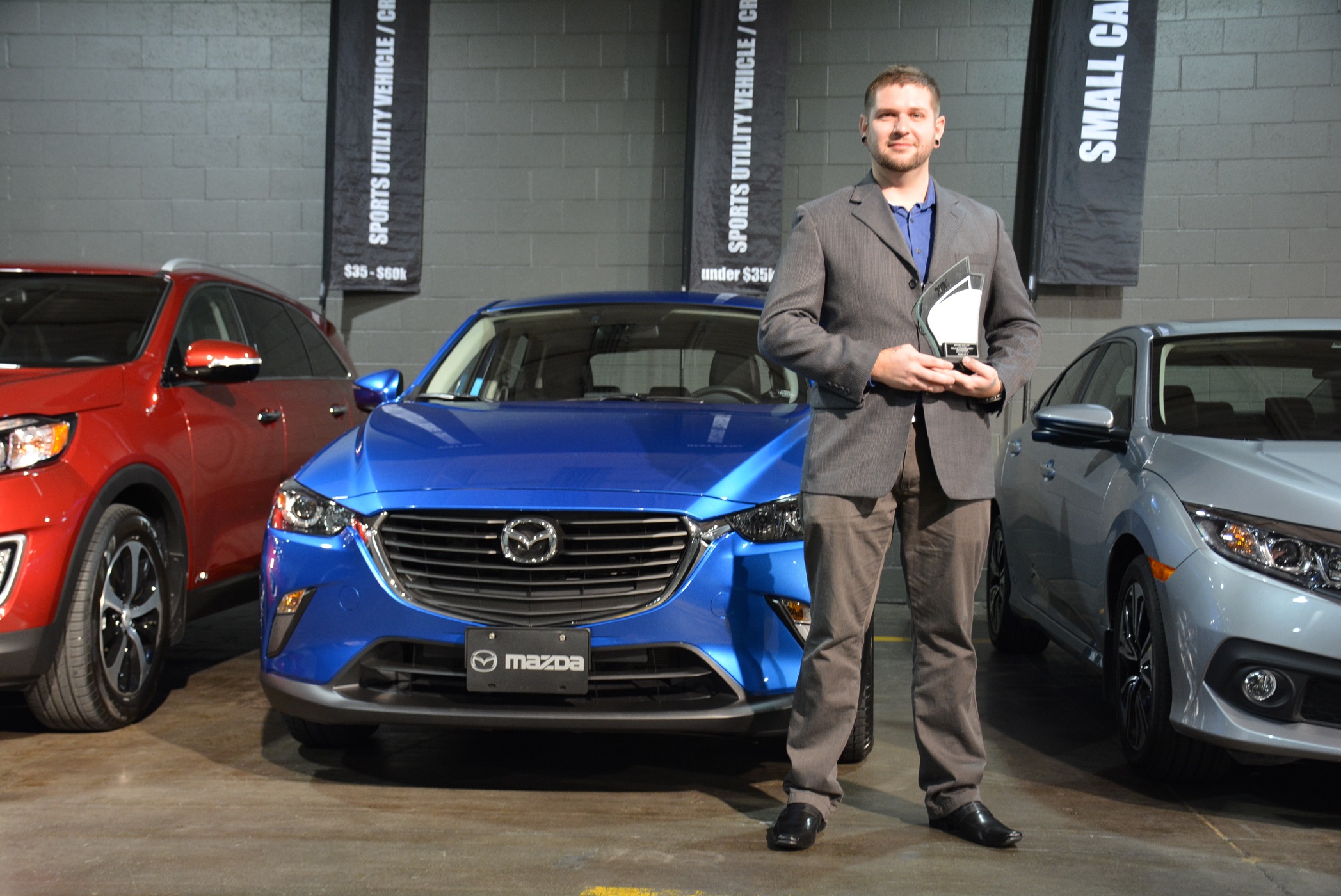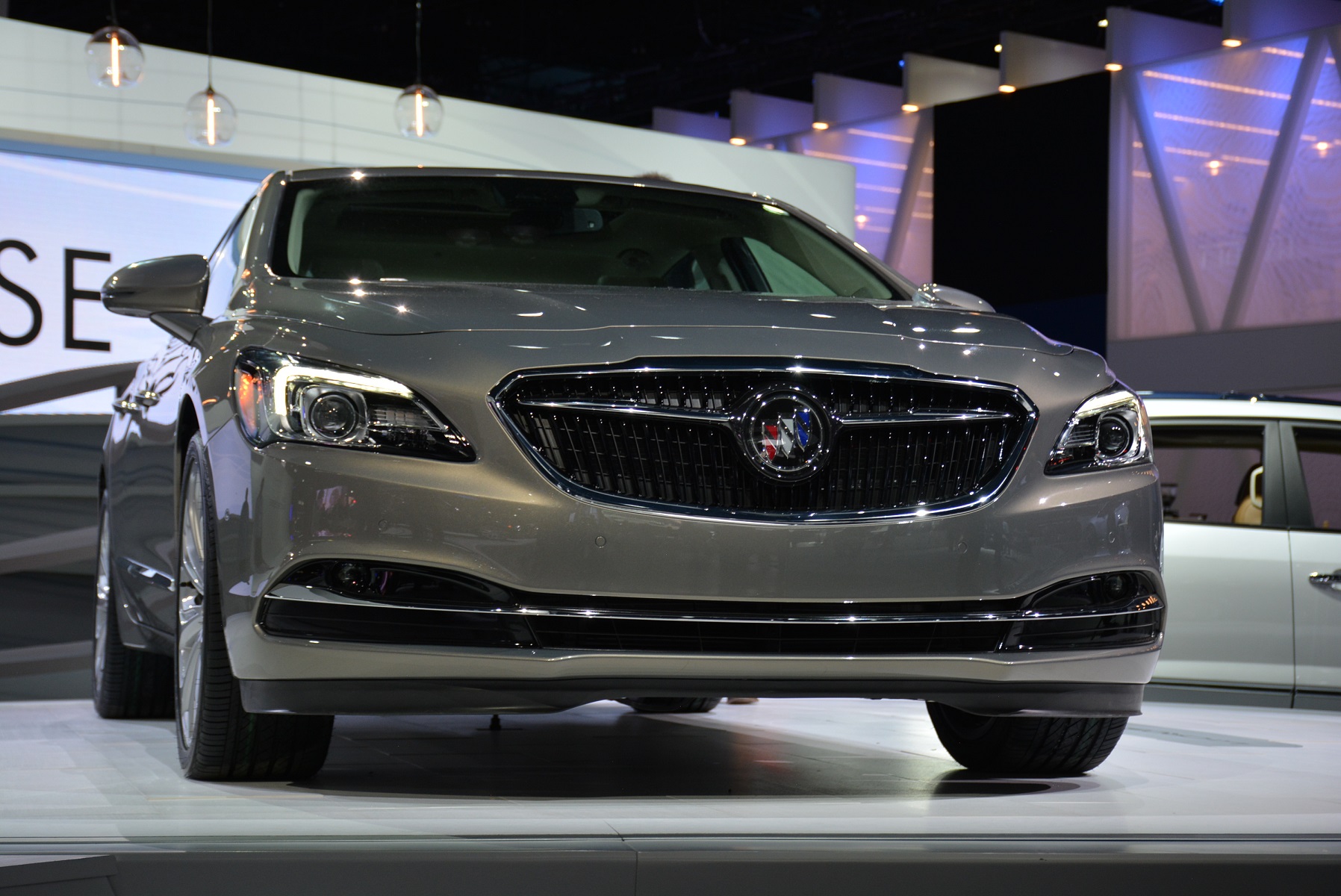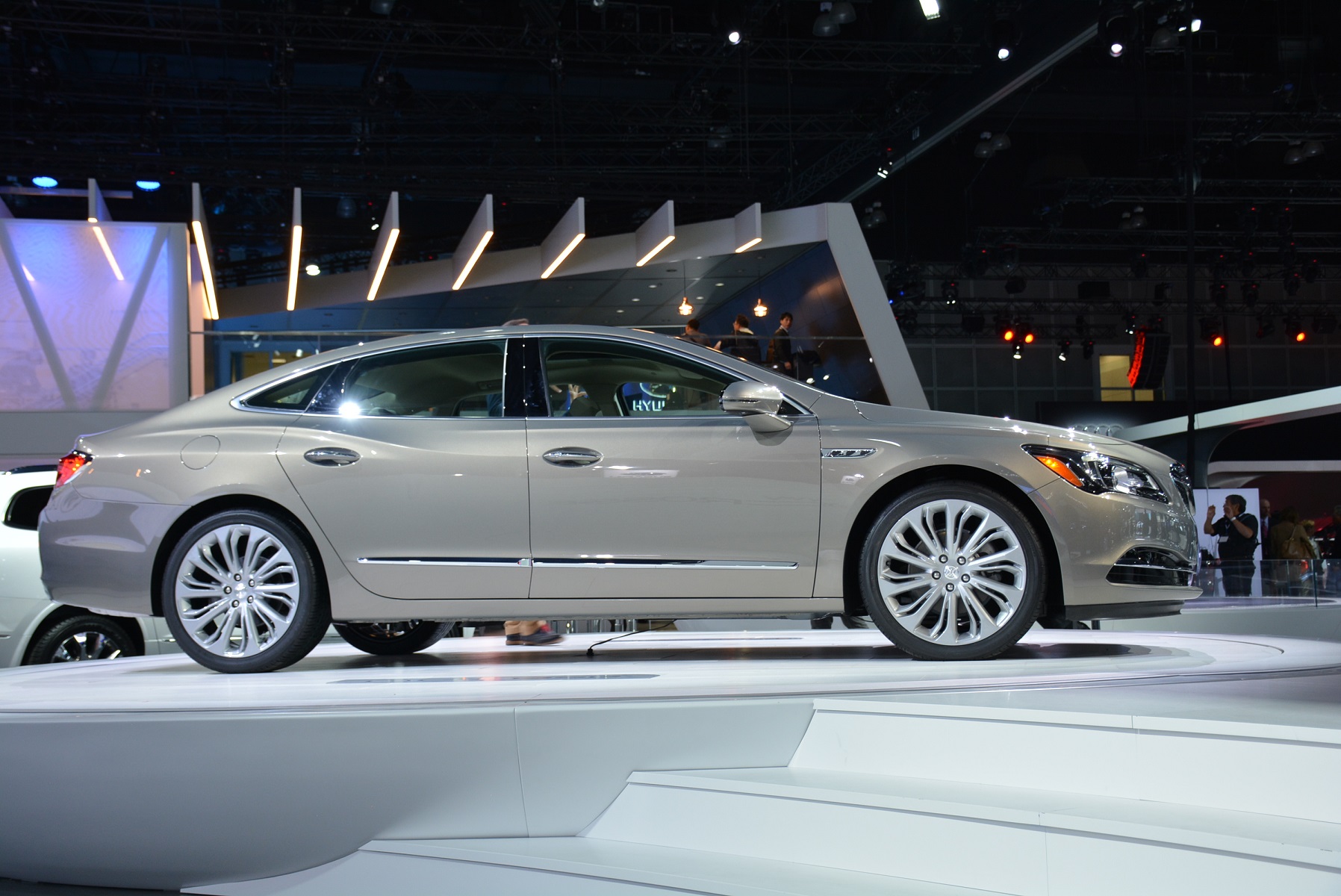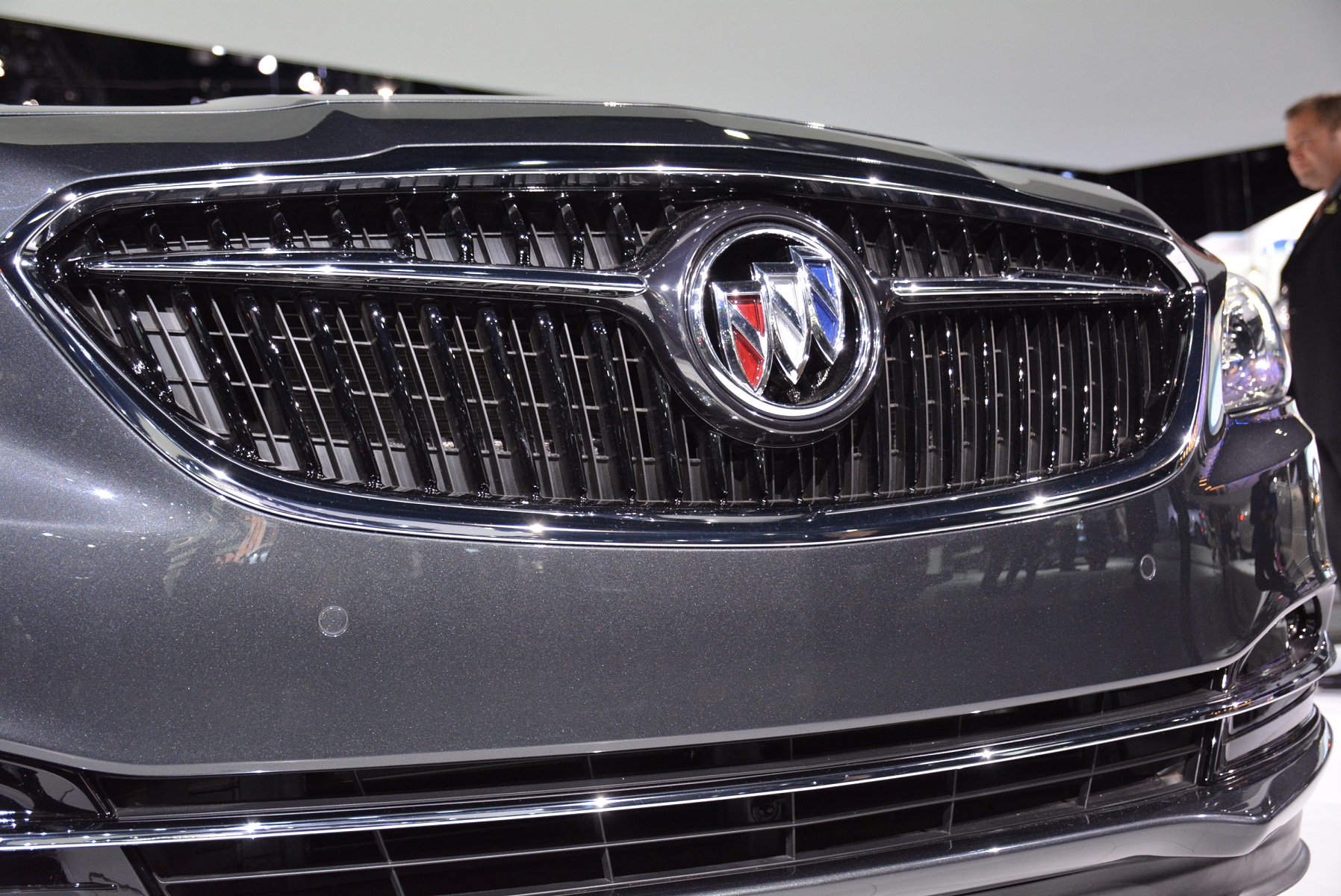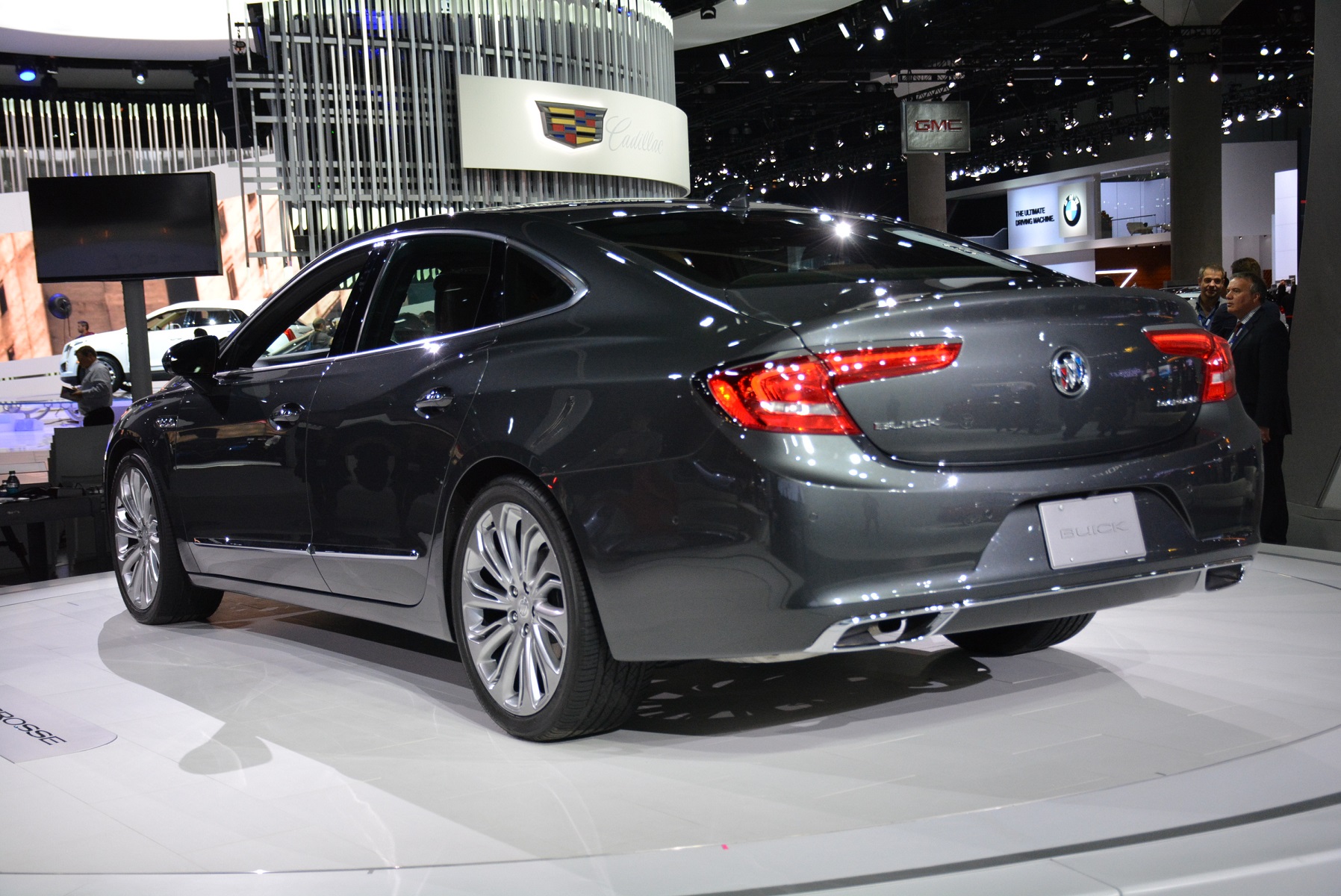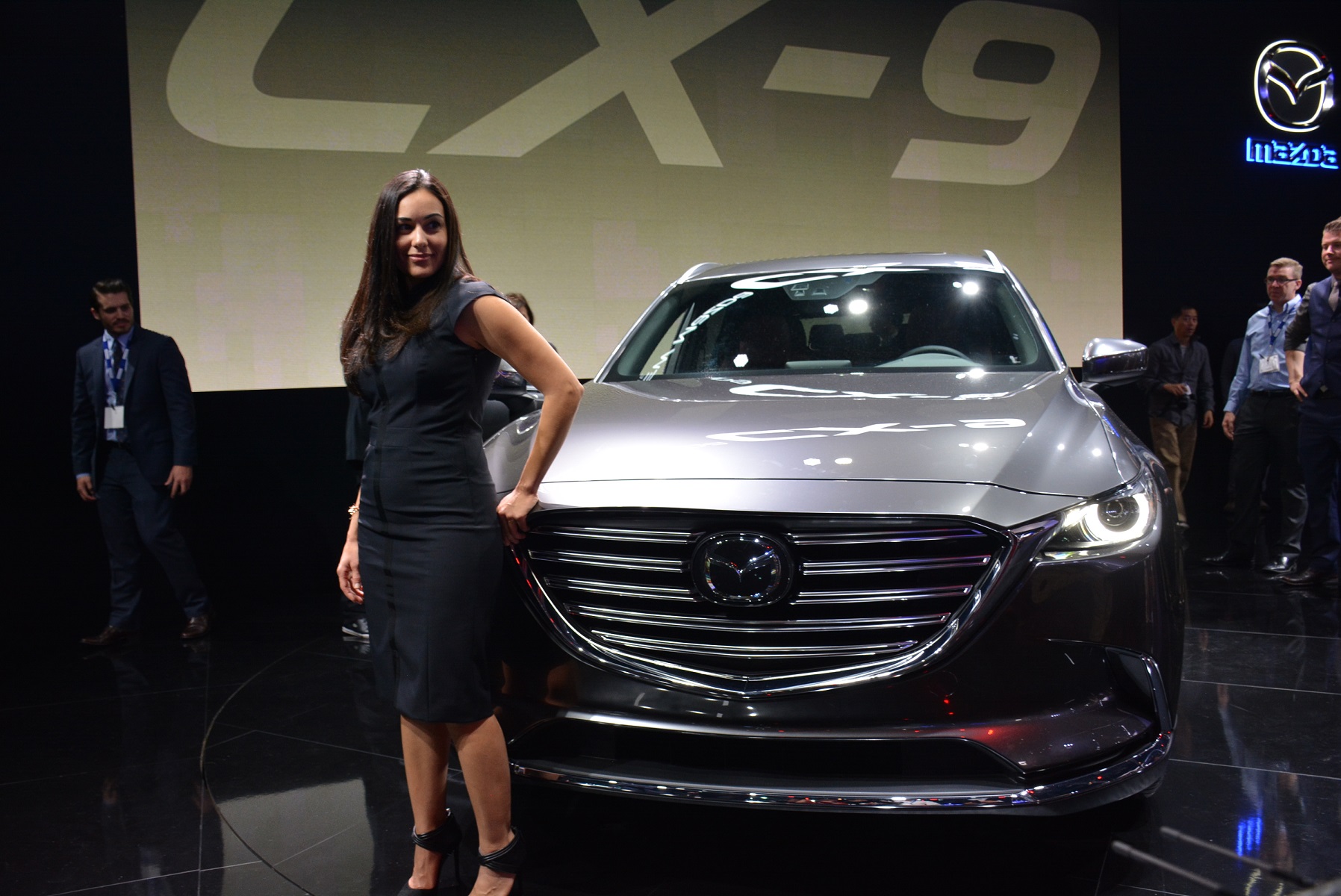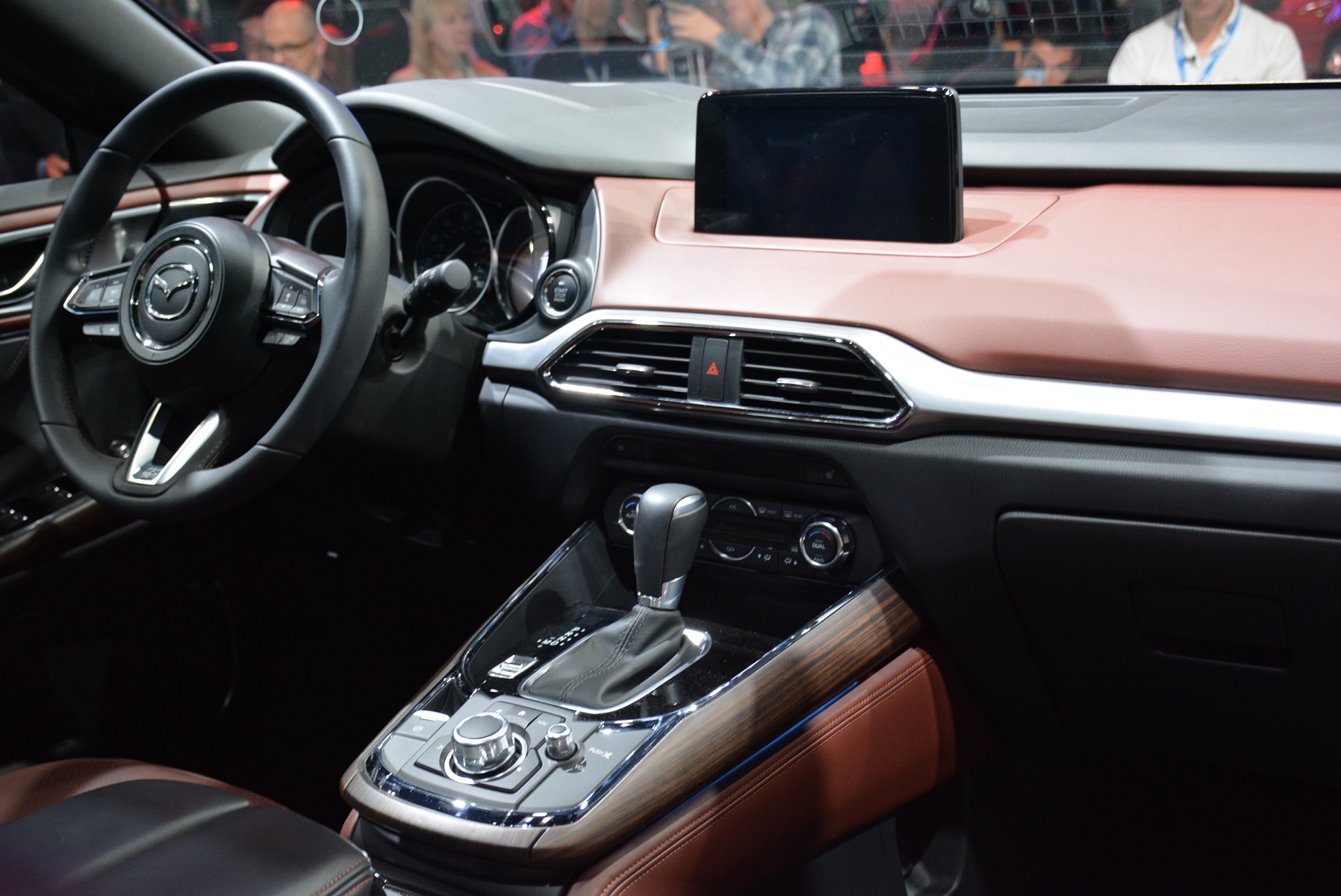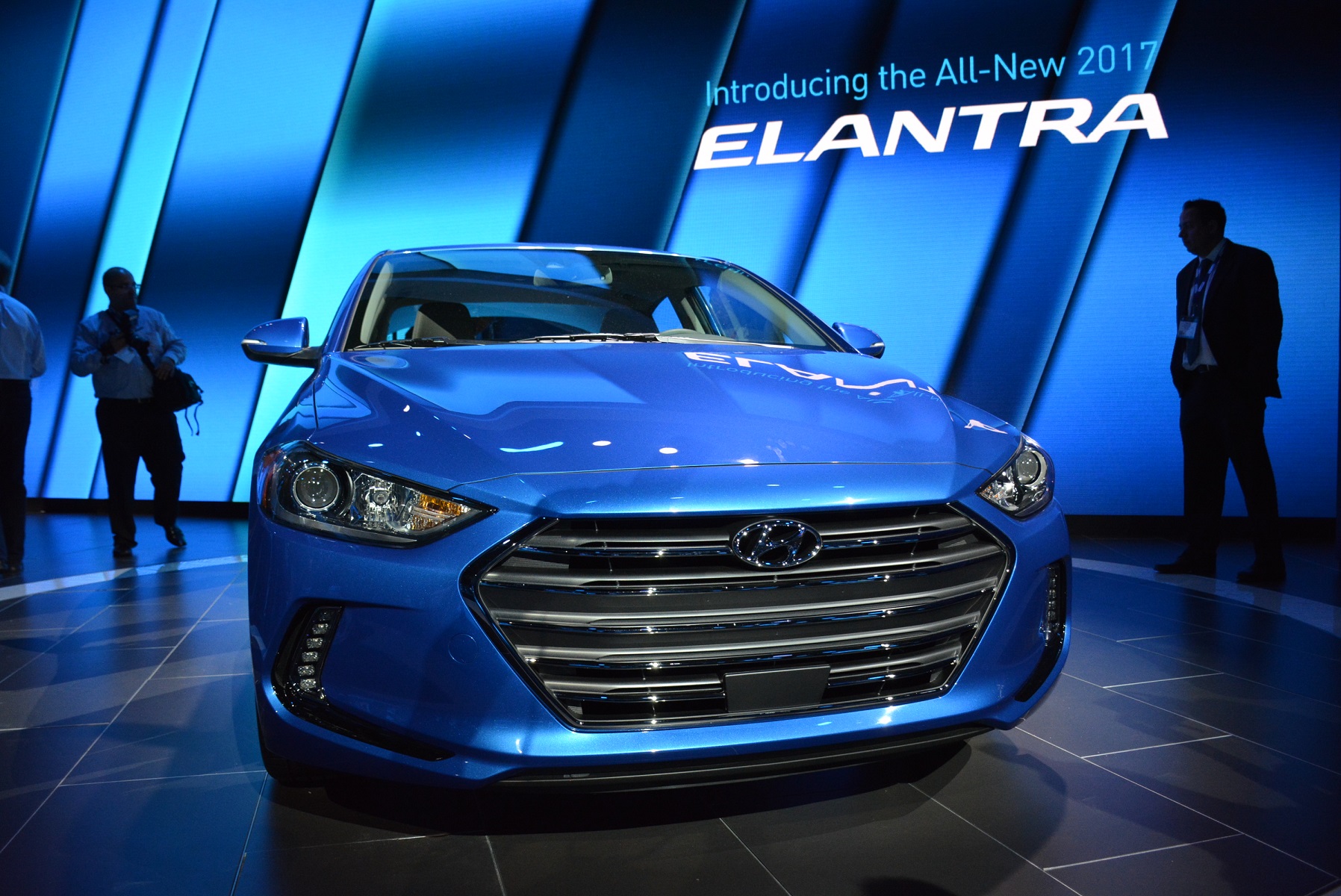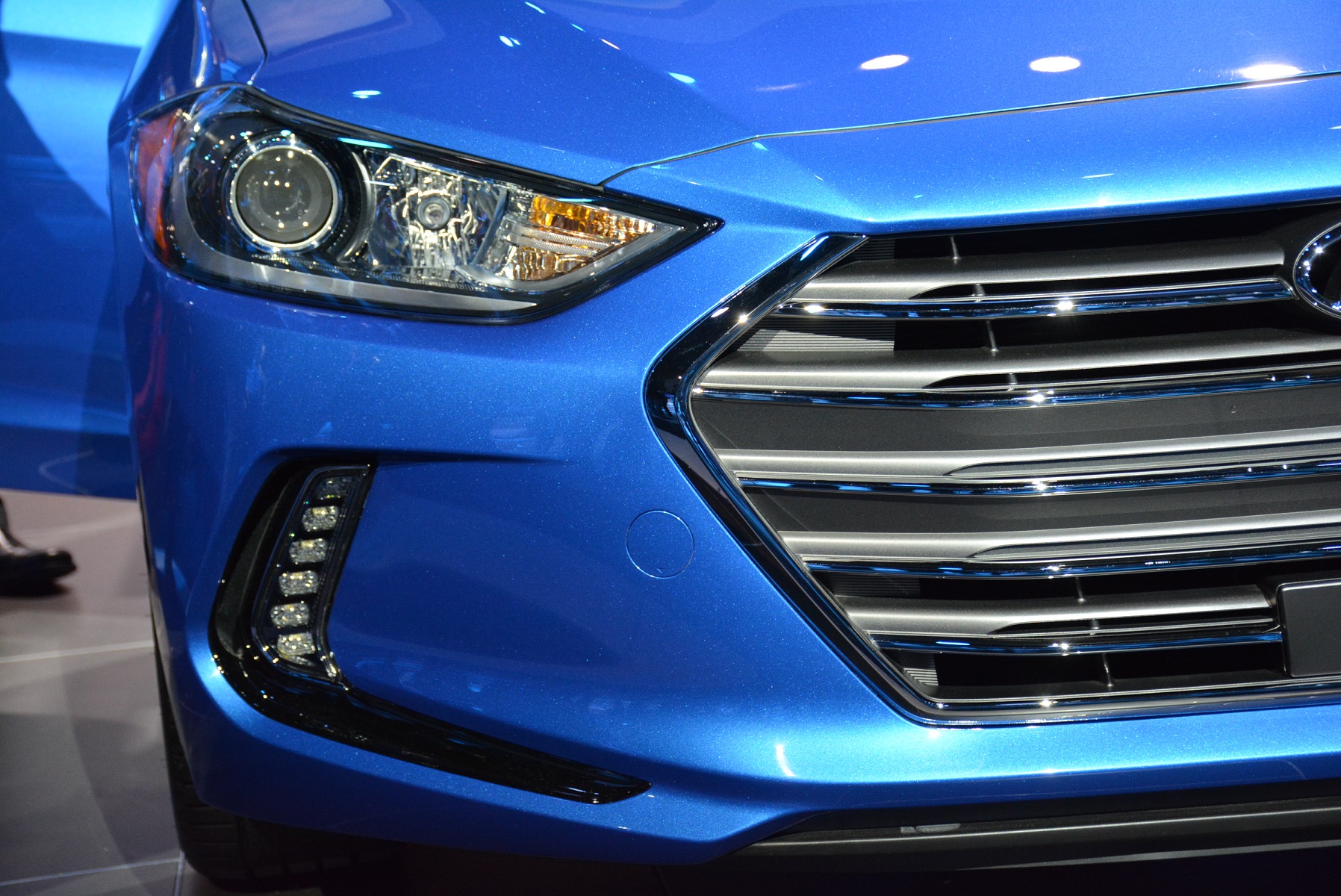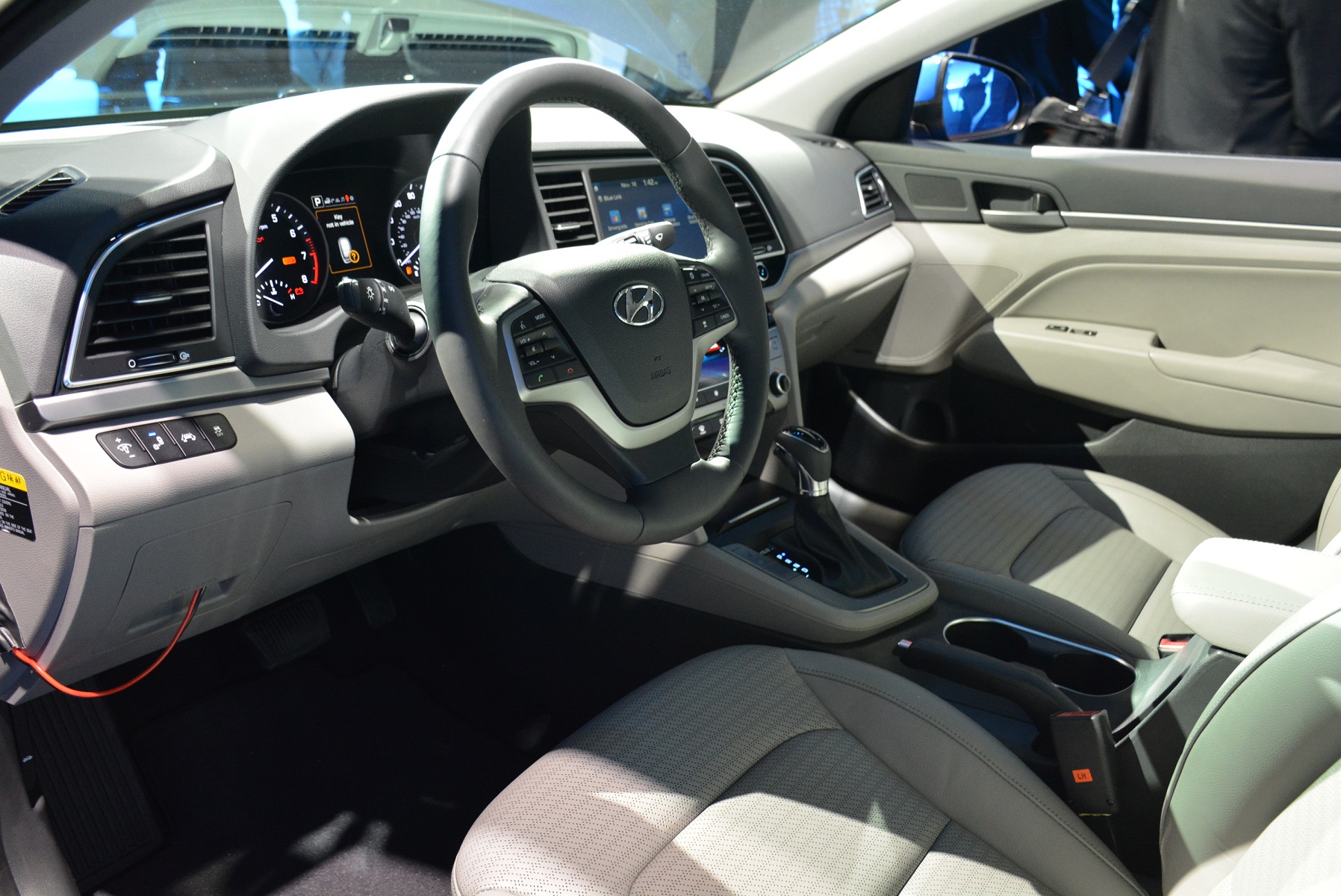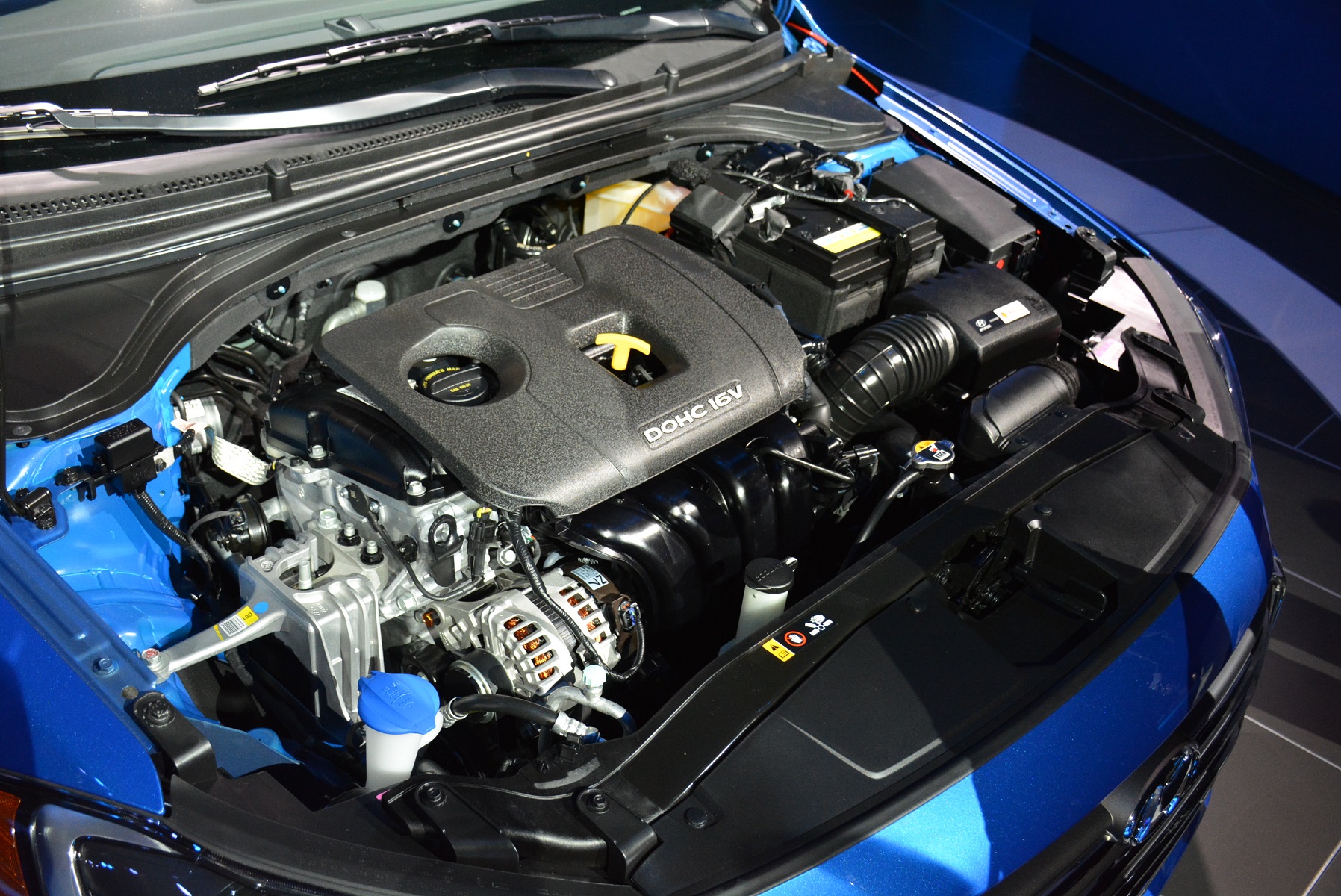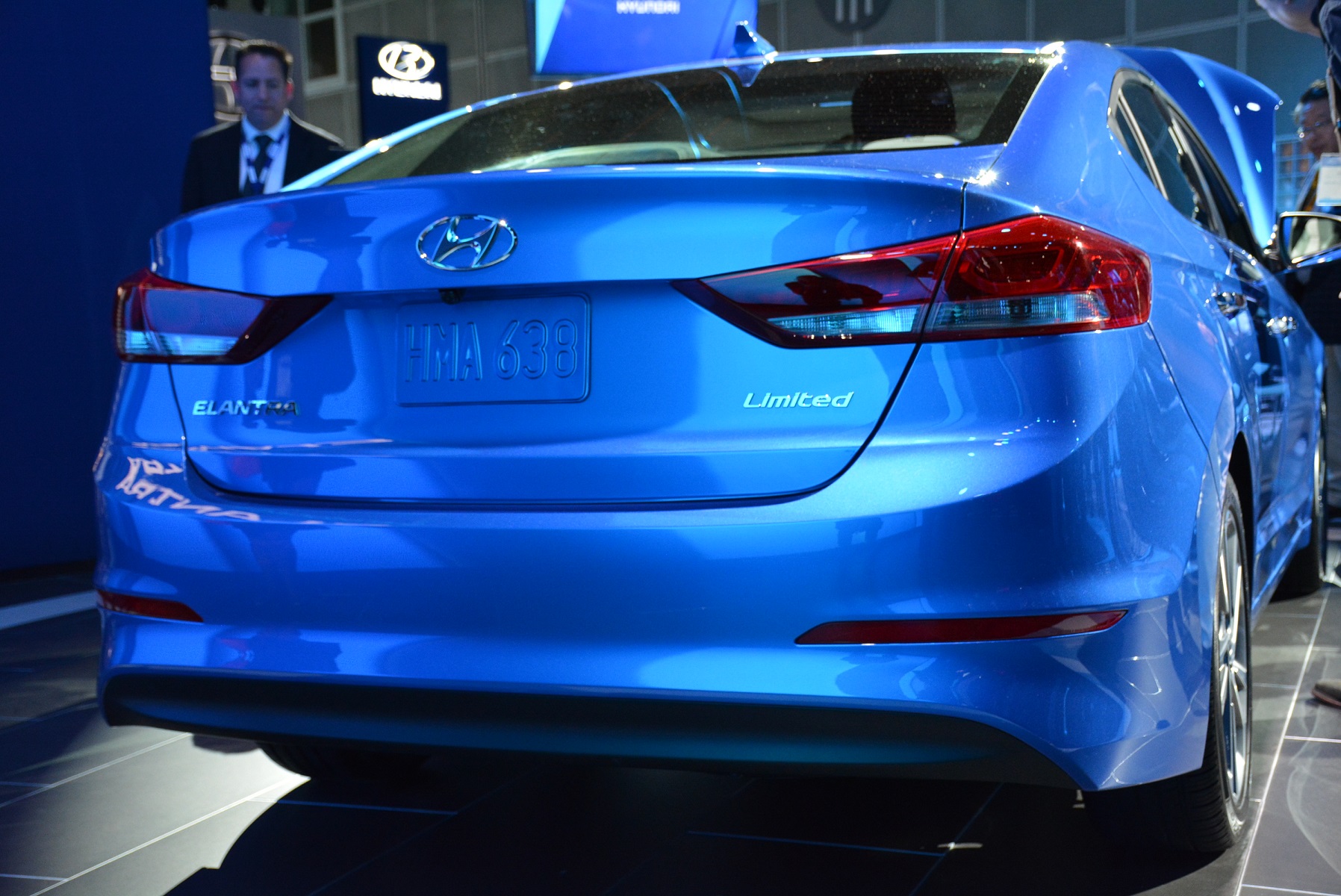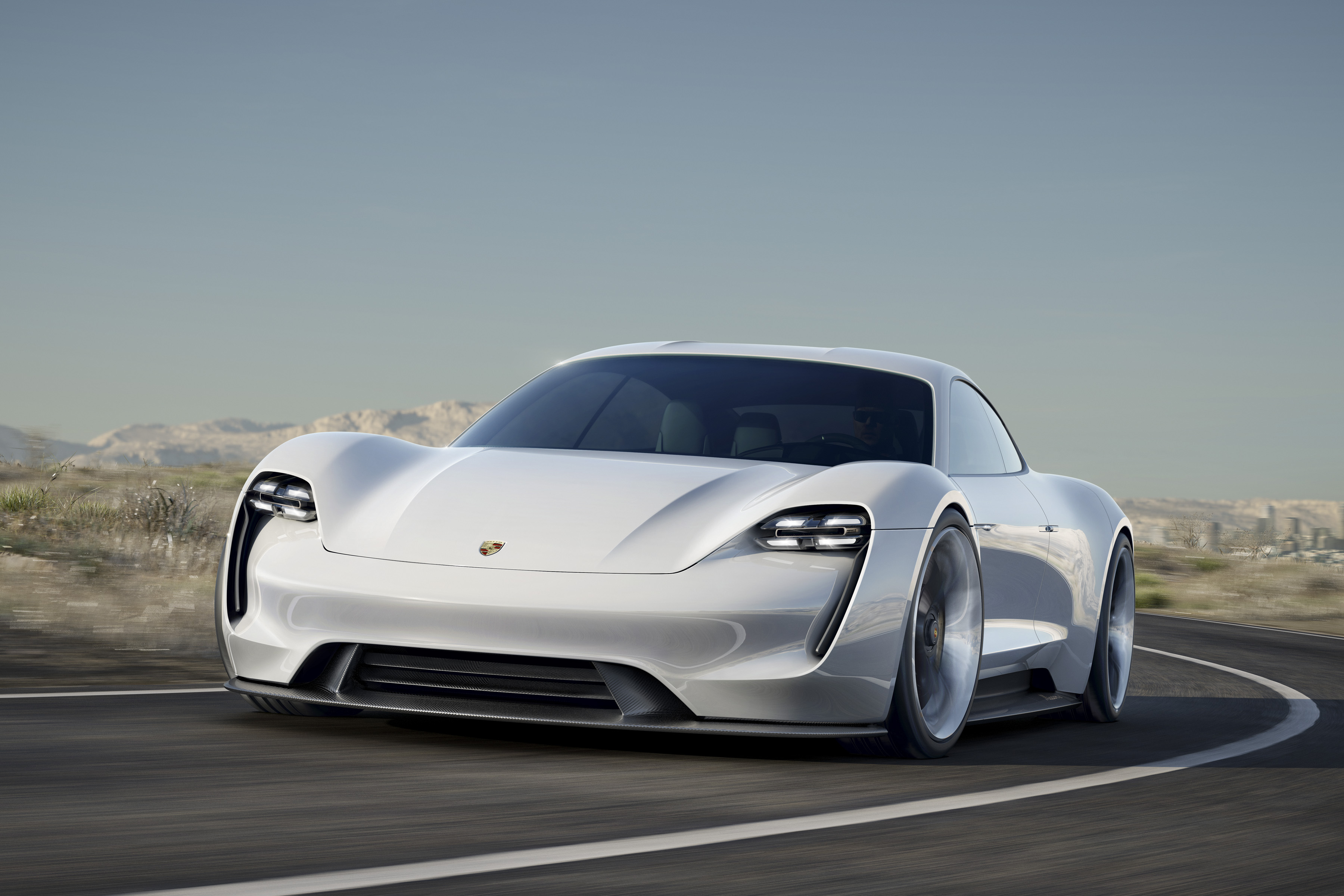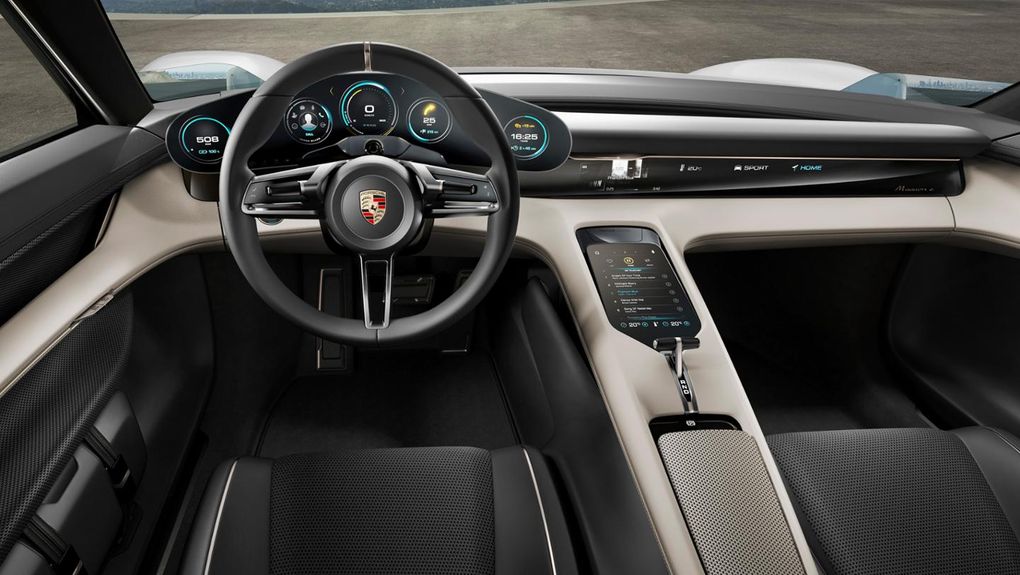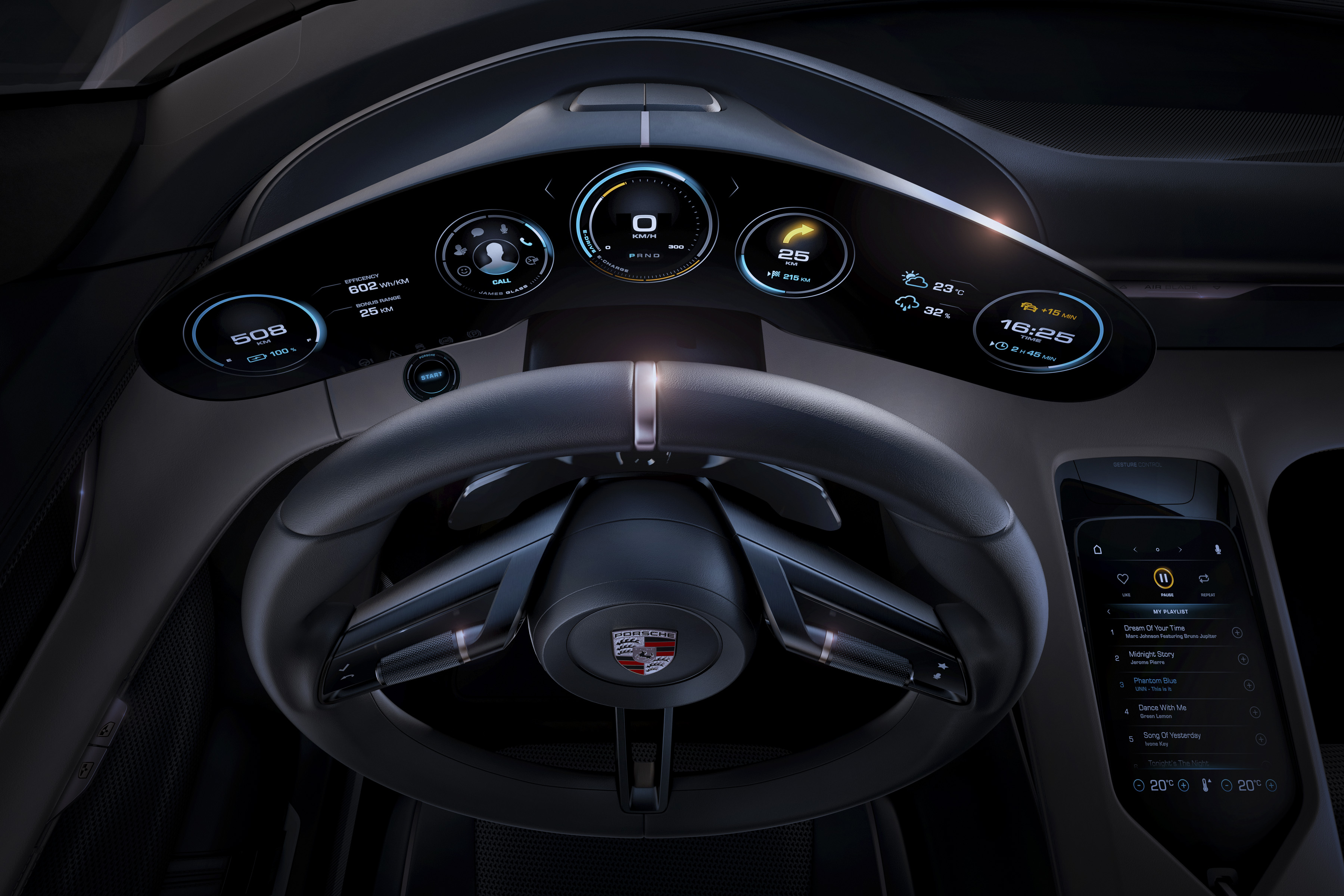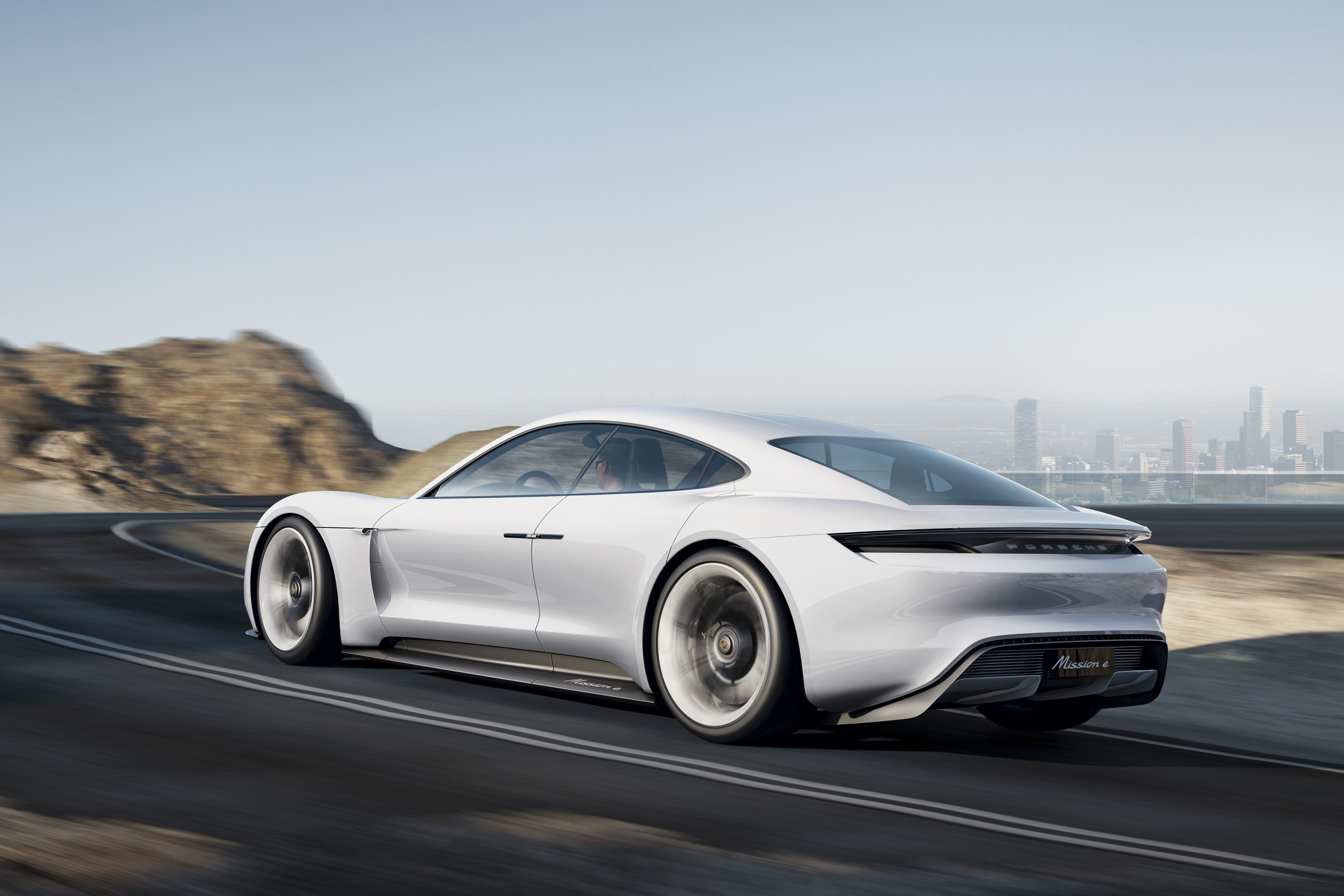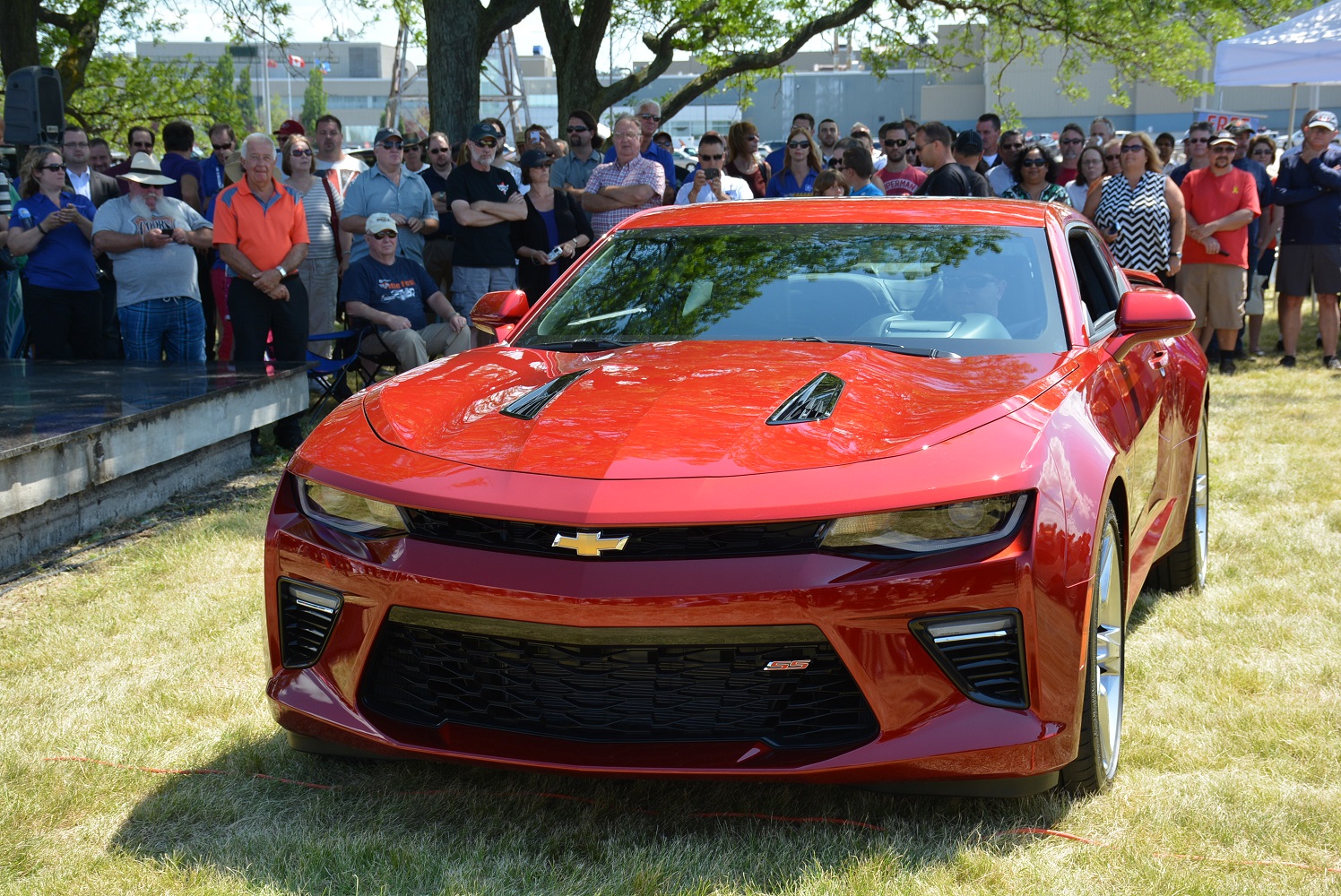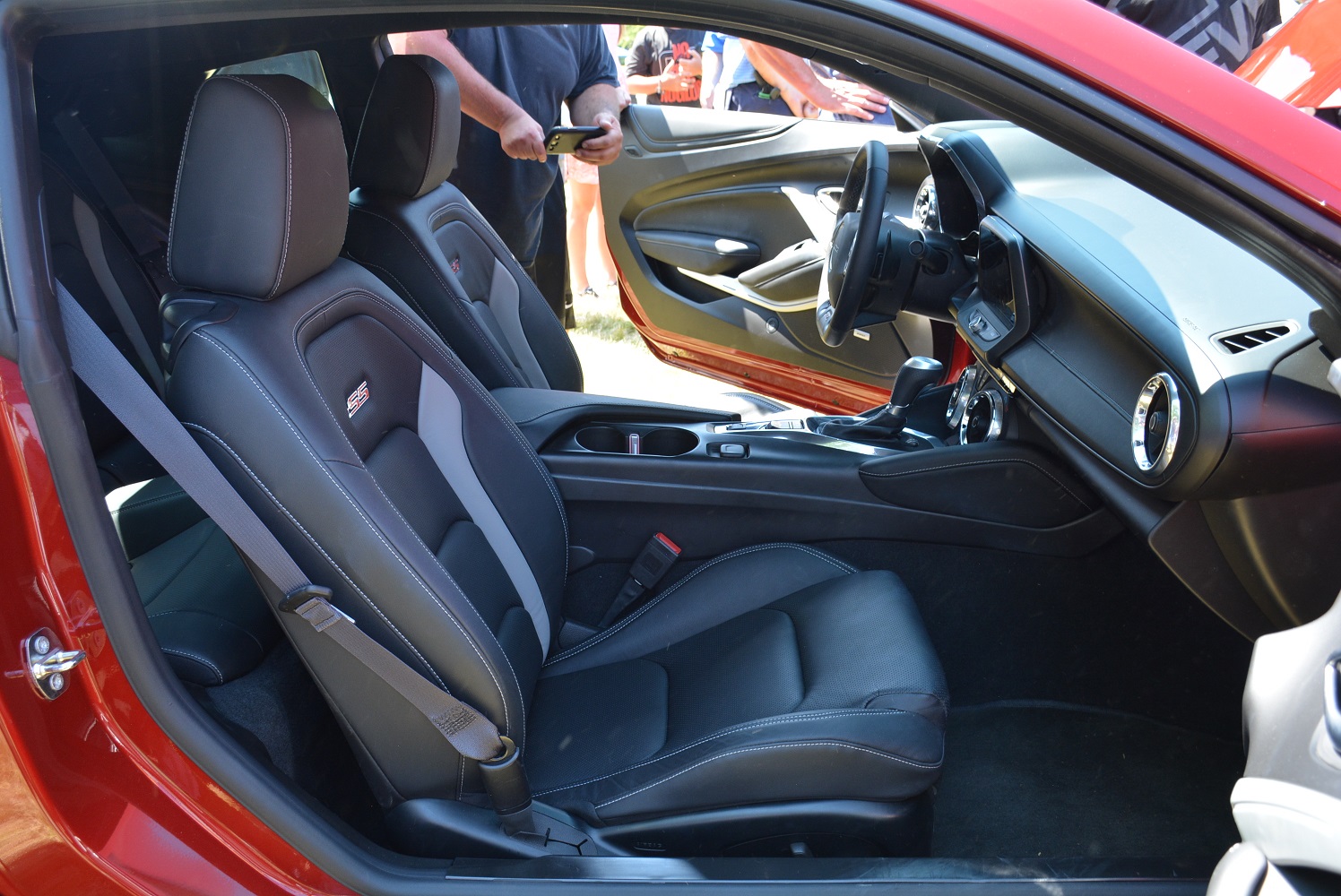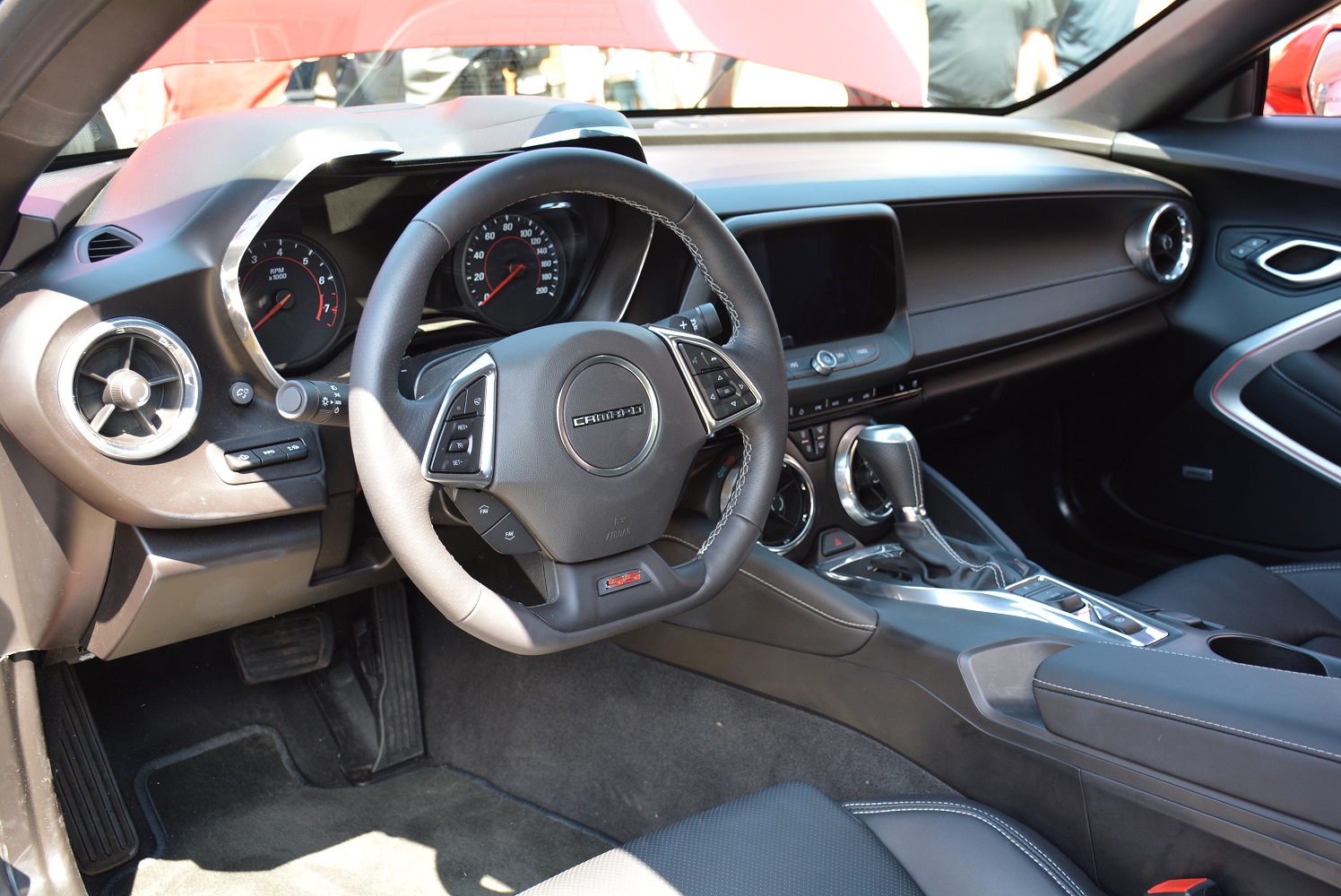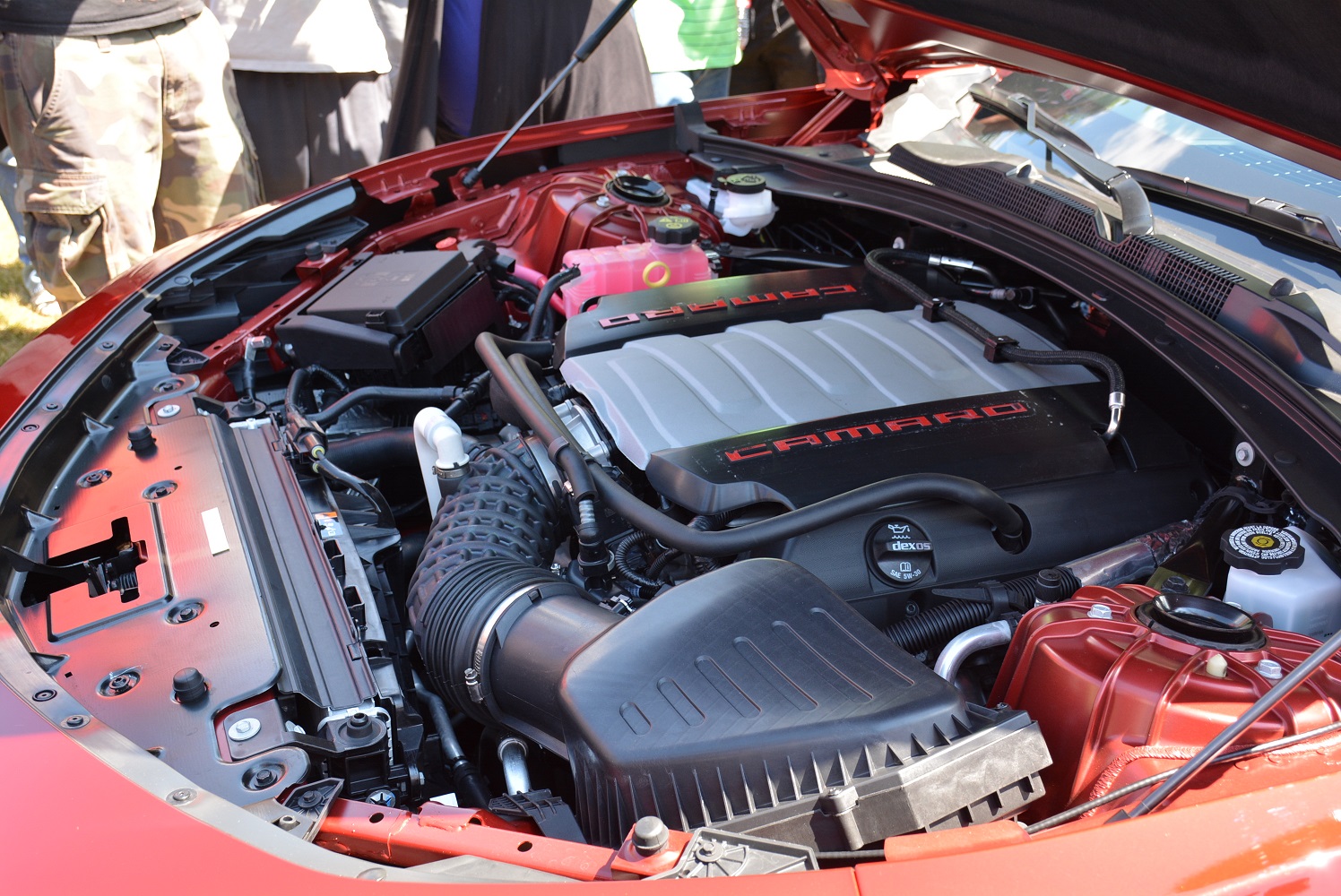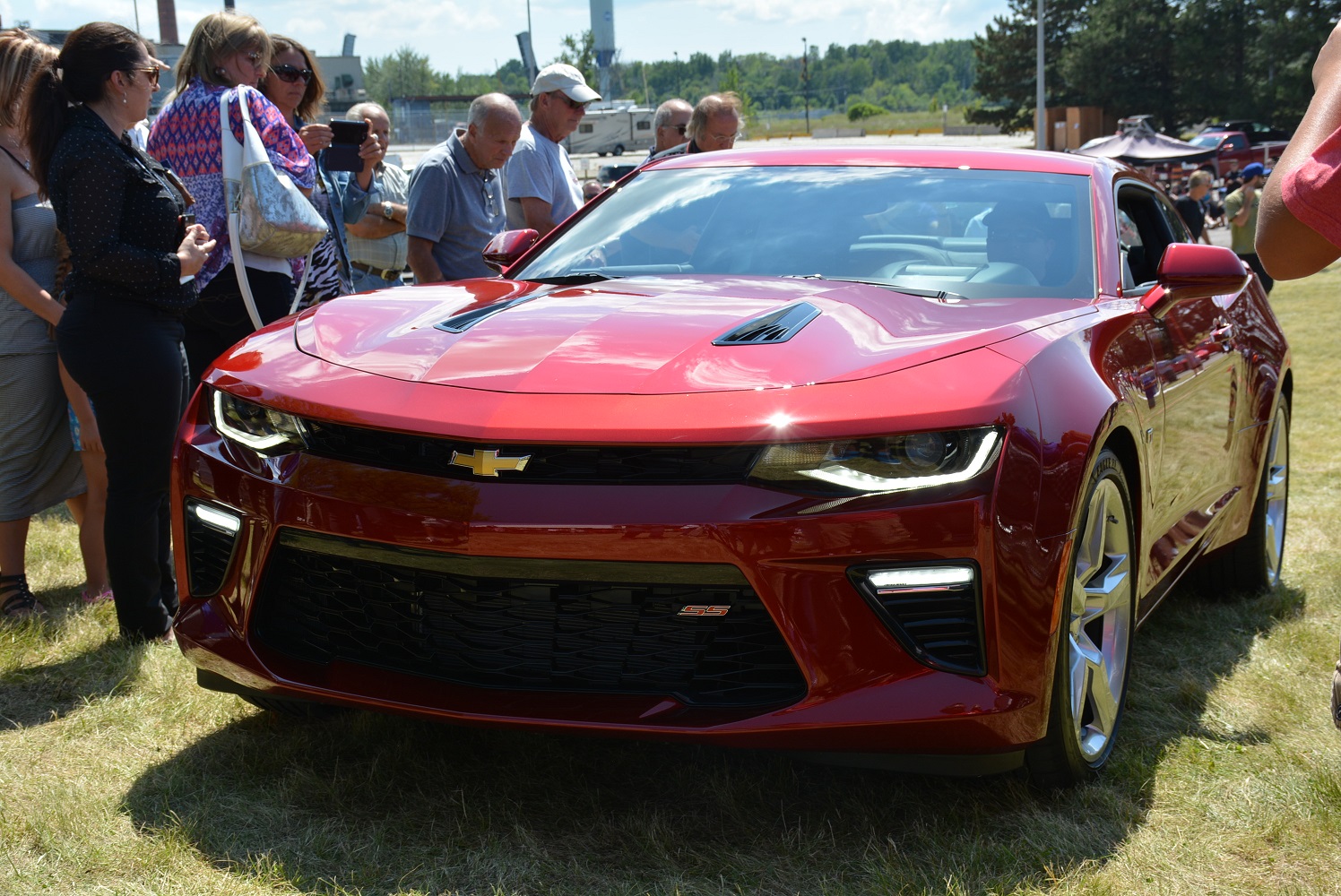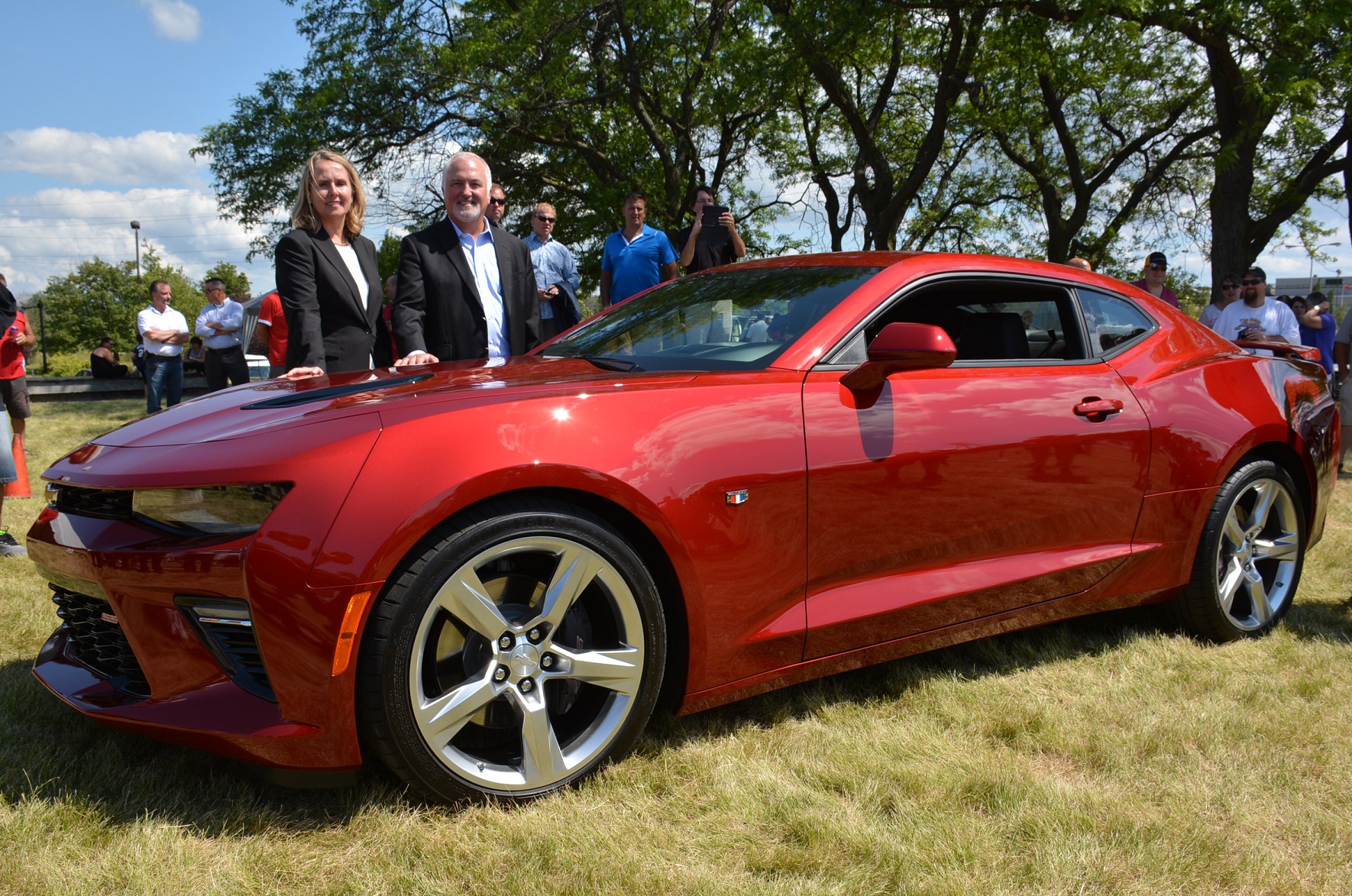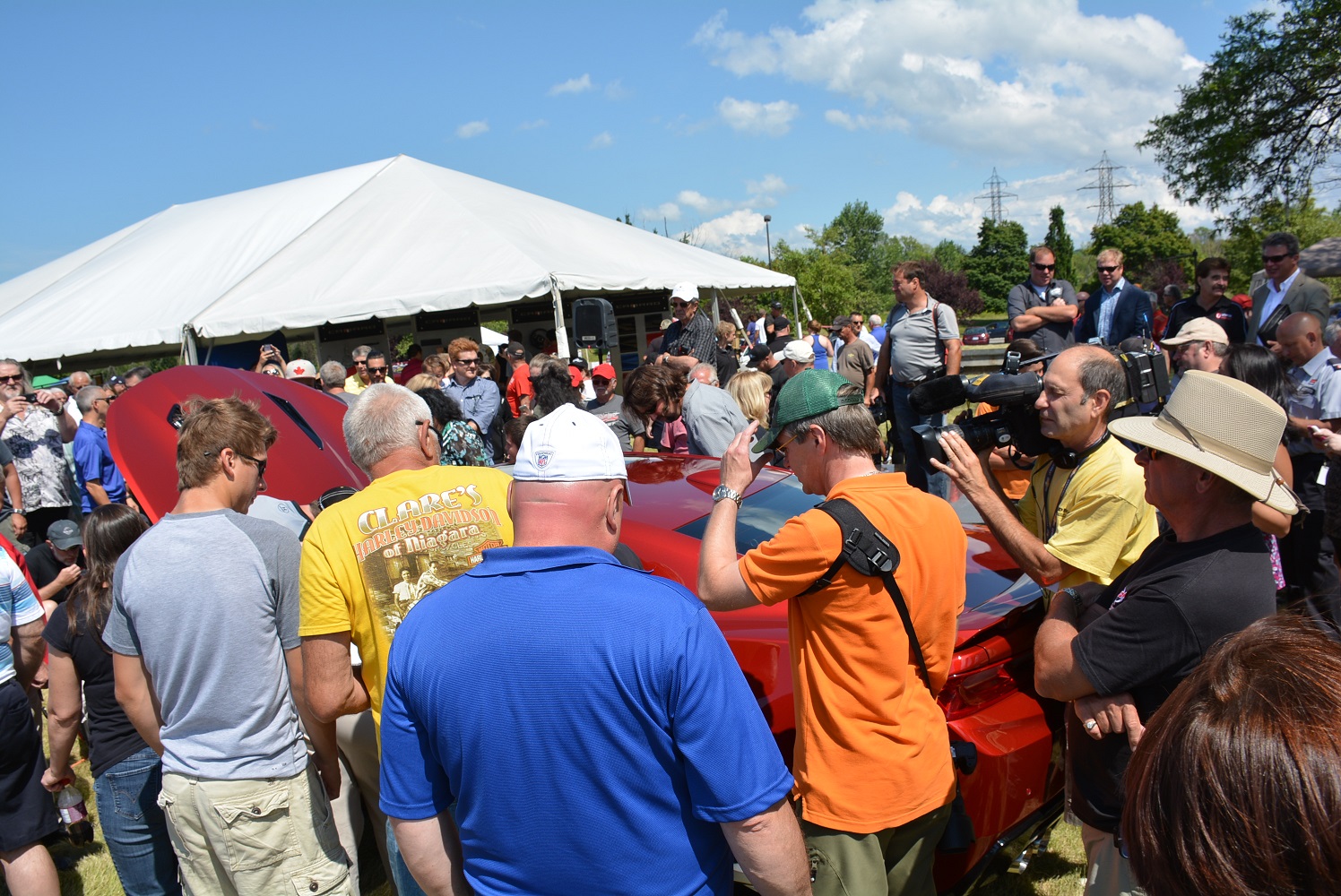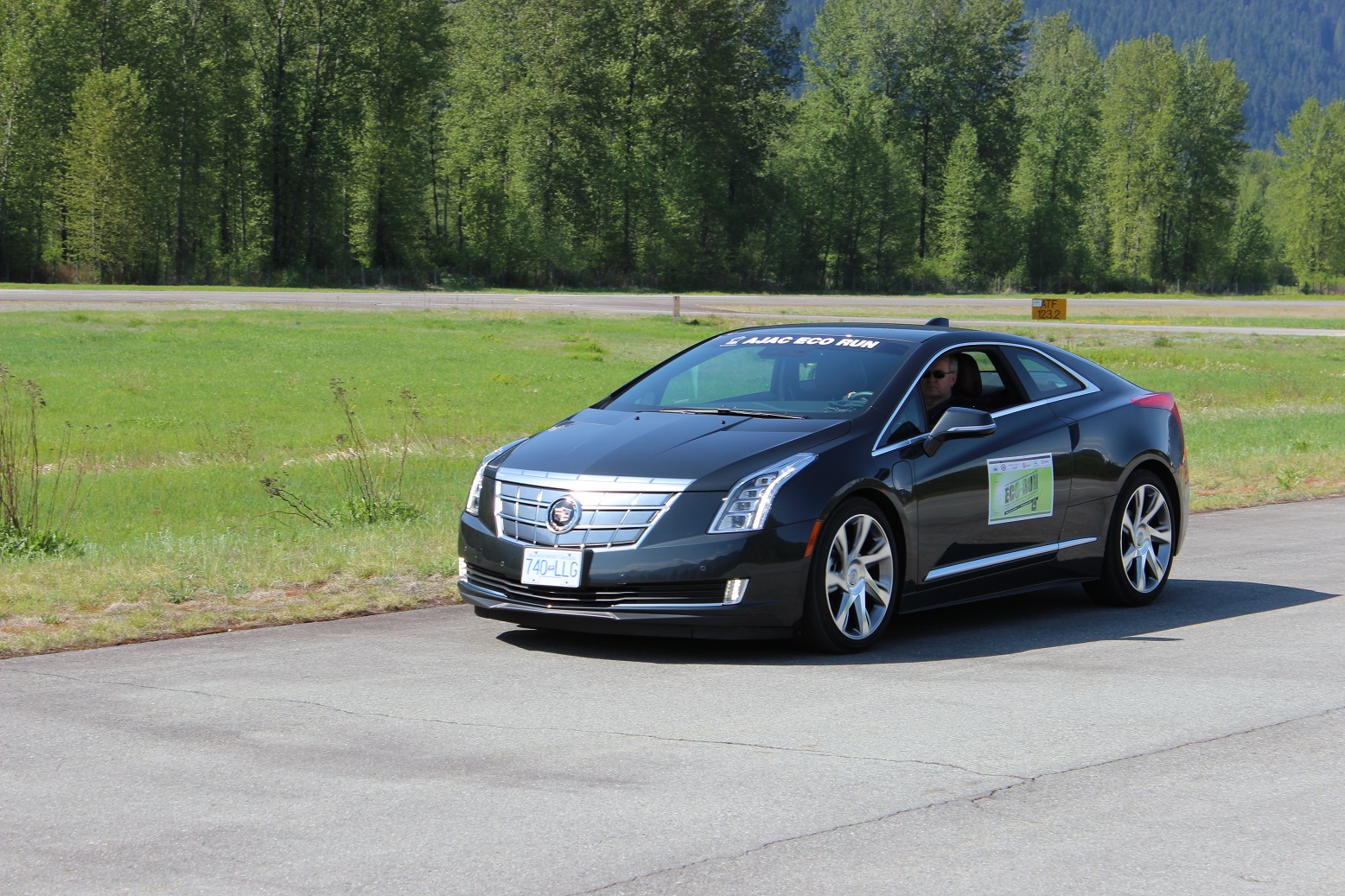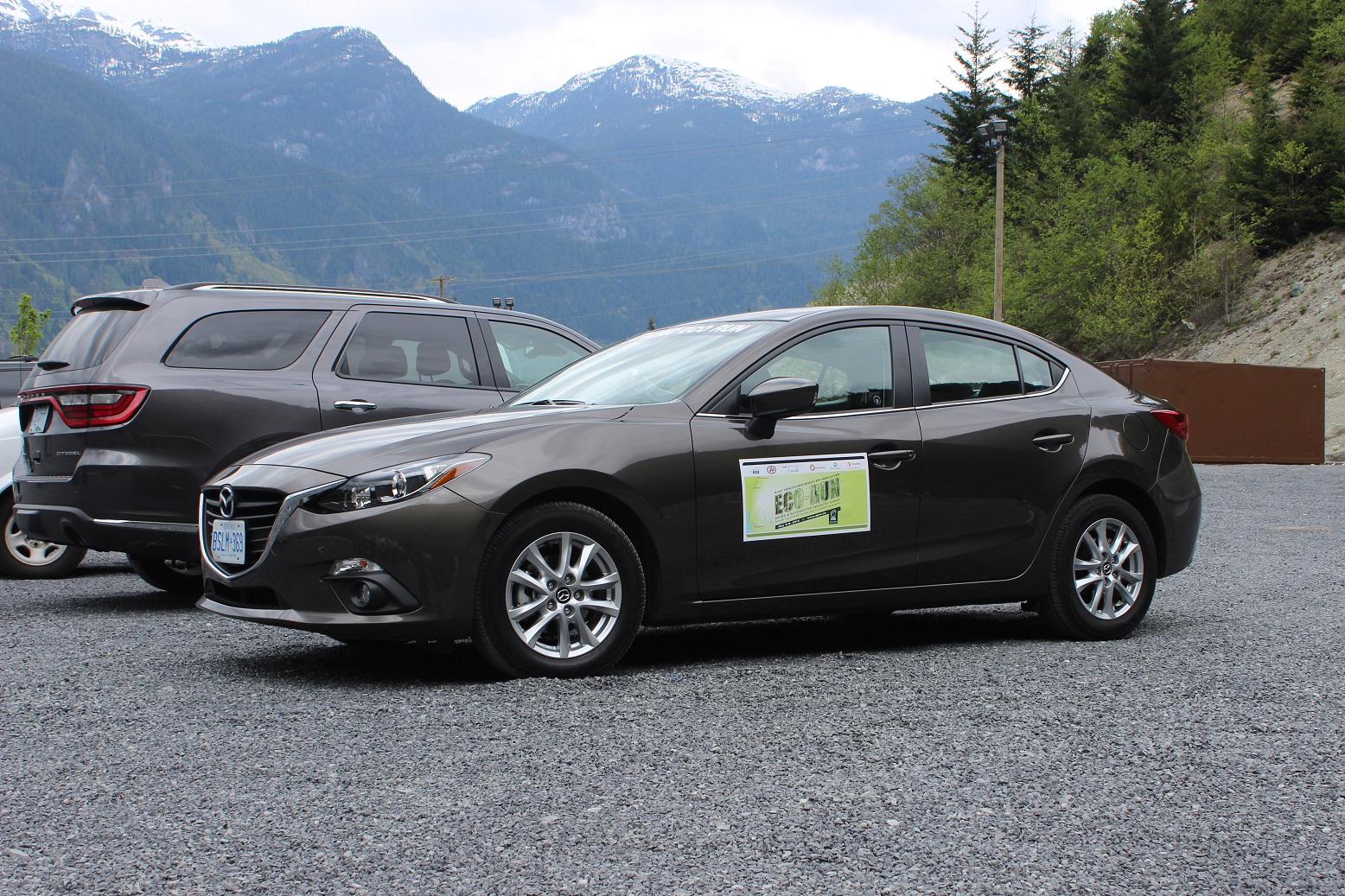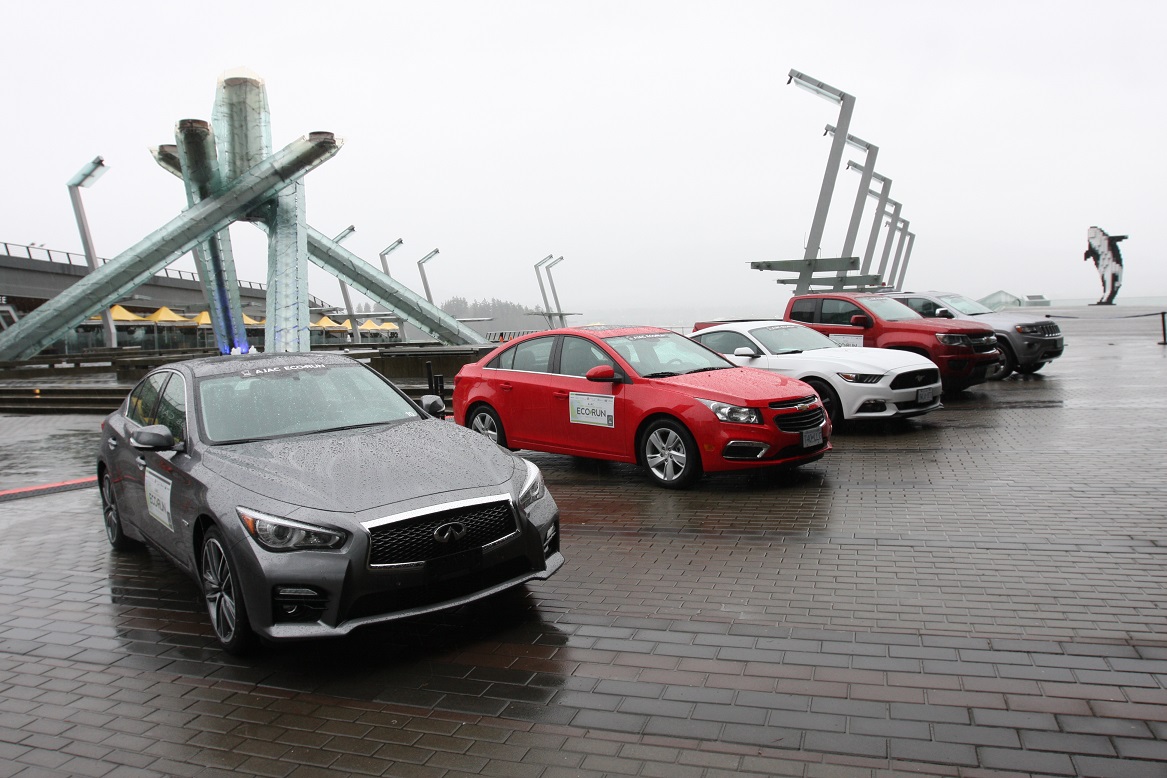
On the afternoon of March 24, 2015, Kevin Corrigan, Chair of the Canadian Green Car Committee of the Automotive Journalists Association of Canada (AJAC), announced that the Kia Soul EV was declared the AJAC 2015 Canadian Green Car of the Year. This first Canadian Green Car of the Year award, was presented from a final list of four vehicles that also included the Honda Fit, Subaru Legacy and the Toyota Camry Hybrid.
This was the beginning of the fourth annual (AJAC) EcoRun – the second held in consecutive years in British Columbia.
So it was on an overcast and rainy Wednesday morning in late March at Vancouver’s Jack Poole Plaza, outside the Vancouver Convention Centre, the first of twenty seemingly disparate vehicles slowly splashed through ubiquitous west coast puddles, en route to load up on the ferry, to continue their journey to the Horseshoe Bay ferry terminal to Nanaimo on Vancouver Island.
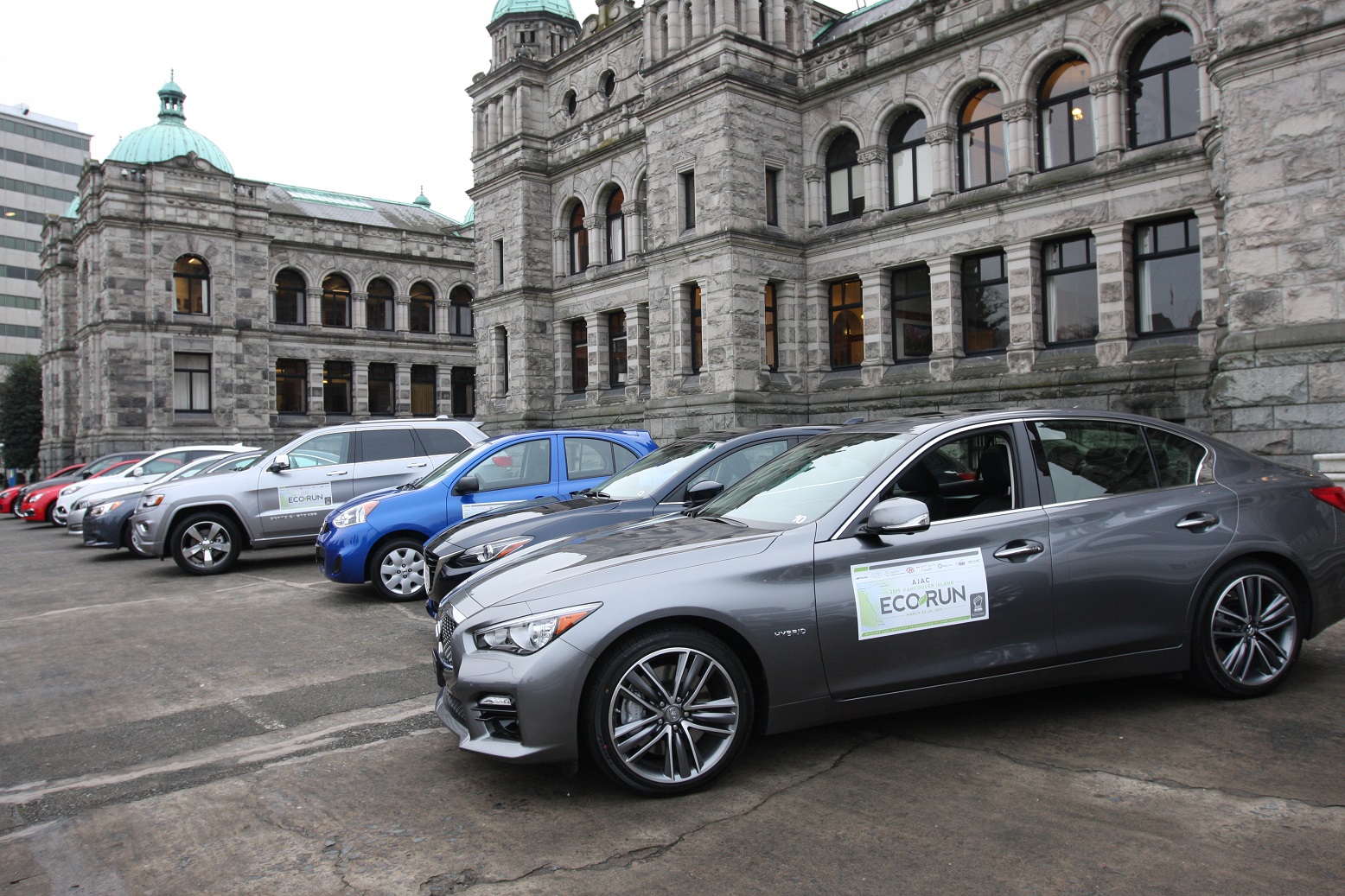
The EcoRun has evolved since its inception in 2012. The premise has always been to showcase fuel-efficient technologies to the communities it travels through. Journalists and manufacturers engage with interested spectators, eager to discover what is going on, often pleasantly surprised by the mobile technology on their town’s streets. To be clear, however – this is neither a race nor a competition. Having said that, there is an award, the Michelin Green Jersey, presented to the AJAC journalist who proved to be the most eco-friendly driver for the duration of the run itself over six unique legs in two days.
The evolution within the event has been with the types of vehicles that manufacturers wished to “enter”. The one major proviso was and will continue to be that, in their own way, every vehicle, when driven in real world conditions, delivers consistent fuel efficiency – and the reduction of carbon dioxide emissions.
This specific event presented some fascinating variables vis-à-vis powertrains. While there were 20 participating vehicles, there were six distinct powertrains: electric; electric + gas; hydrogen fuel cells; gasoline (hybrid); diesel; and, gasoline-powered internal combustion engines.
All vehicles with the exception of the 2016 Mazda CX-5 GT and the 2016 Mazda6 GT i-Eloop, were model year 2015.
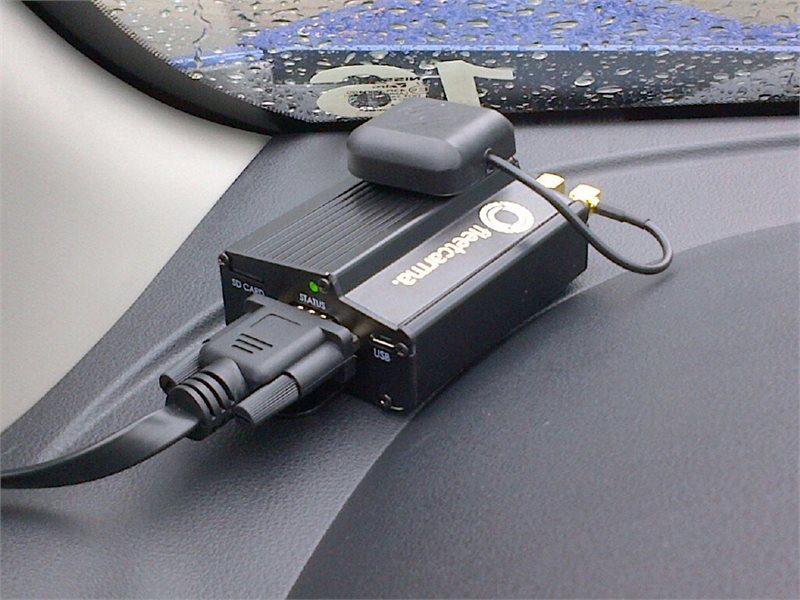
Further, every vehicle, except the Hyundai Tucson FCEV (at the manufacturer’s request) was equipped with a FleetCarma C5 data logger. This sophisticated device uses FleetCarma’s energy monitoring software; data and GPS coordinates were streamed in real-time to FleetCarma’s servers to enable remote monitoring of each vehicle on each leg of the complete event. Alongside each participating vehicle, we have included the actual, real-world average fuel consumption over the course of the event. To enable simple and relative comparison, the electric consumption is converted to a gasoline equivalent, based upon the standard energy content of the fuel.
The showcased vehicles were:
BMW X3 xDrive turbo diesel 6.85L/100km
Jeep Grand Cherokee Eco Diesel 7.39L/100km
Ford Focus 1.0-L 6.16L/100km
Ford F-150 2.7-L 10.67L/100km
Ford Mustang EcoBoost 8.69L/100km
Chevrolet Volt 3.81L/100km
Chevrolet Cruze Diesel 6.70L/100km
Chevrolet Colorado 8.54L/100km
Acura RLX Sport Hybrid 7.17L/100km
Hyundai Tucson FCEV N/A
Kia Soul EV 1.62L/100km
Mazda3 2.5-L 5.75L/100km
Mazda6 GT i-Eloop 6.14L/100km
Mazda CX-5 GT 7.86L/100km
Nissan Leaf EL 1.46L/100km
Nissan Micra S 5.54L/100km
Infiniti Q50 Hybrid 7.05L/100m
Porsche cayenne S E-Hybrid 10.63L/100km
Subaru Legacy 6.85L/100km
Volkswagen Golf TDI Clean Diesel 5.06L/100km
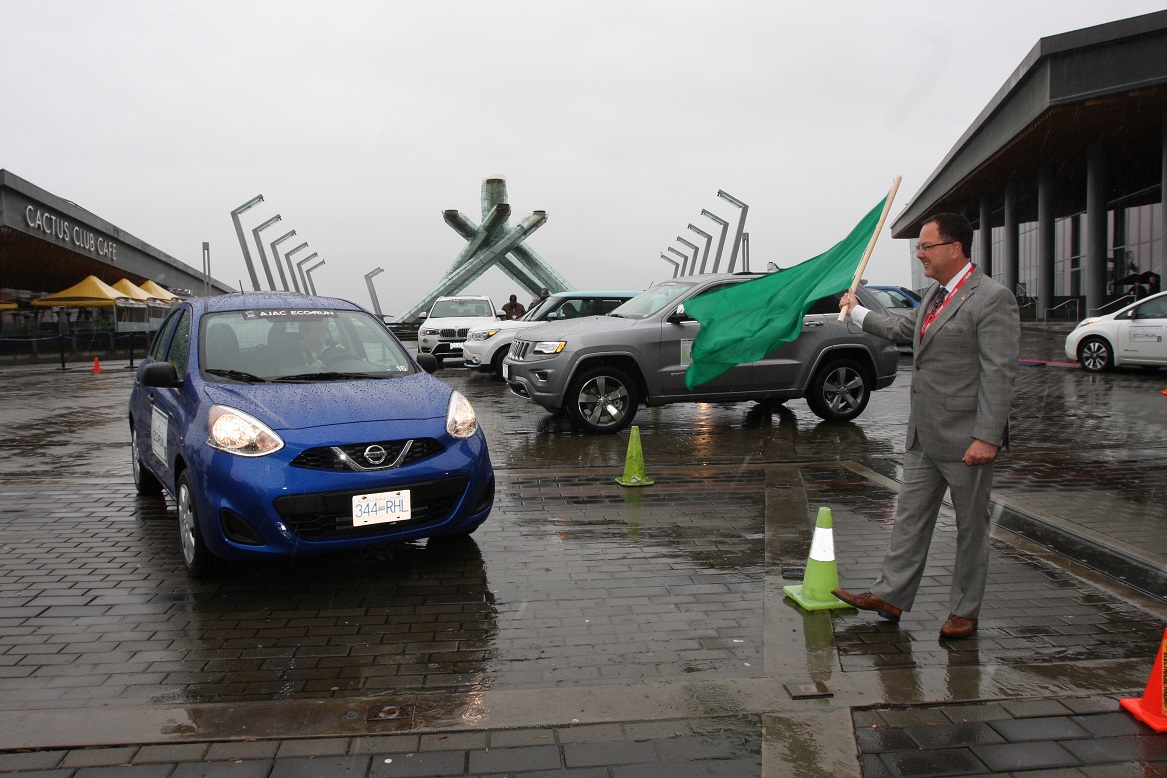
On the first leg of the EcoRun, our first car was the Nissan Micra. No participating AJAC journalist knew in advance which vehicle we would be driving. All we knew for sure was that there would be an opportunity to drive six of the 20 vehicles over the course of two days. In the interests of full-disclosure, I was one of the Canadian journalists who participated in the re-launch of the Micra in May 2014 in and around the city of Montreal and rural Quebec settings. A firm favourite then was this very model, the base, no-frills Micra S – manual transmission and absolutely no bells and whistles to speak of. This is what driving is all about. Driver and machine!
Disembarking from the ferry, the colourful convoy took to the Trans-Canada Highway 1 and headed south to the Cowichan Regional Visitors Centre in Duncan. To be clear, the objective of the EcoRun is to drive the vehicles as you normally would – within reason – no stunt driving or rabid attempts at hypermiling! The 50-plus kilometres continued to demonstrate the love for this fun, four-seat hatchback. A great way to start off our EcoRun.
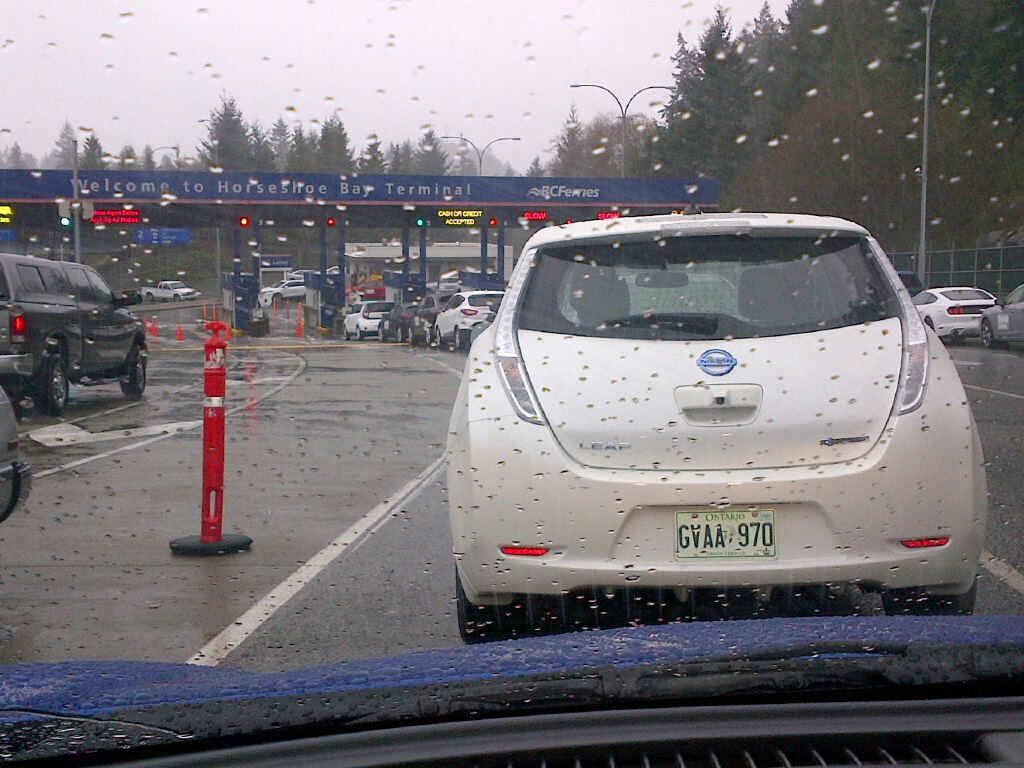
Leaving Duncan in the Mazda CX-5 GT, we continued south to the Western Speedway in Victoria where the intent was to have a little fun and see how each vehicle presented itself during a series of dynamic exercises on an autocross and slalom set up. Sidorov Precision Driver Training, an event sponsor, managed this aspect of the day capably.
The final vehicle change for the day occurred and we found ourselves in the Subaru Legacy which, in February, was voted AJAC’s Canadian Car of the Year for 2015. It was only a short distance into the city of Victoria to our hotel for the evening, but it was enough to get the a feel for why the Legacy was part of this event.
The following morning, all 20 freshly-detailed and re-charged vehicles moved as one in a slow, snake-like procession, to park in front of the Legislature Buildings for a press conference in the sun with Bill Bennett, Minister of Energy and Mines and Mary Polak, Minister of Environment. There was added buzz to this conference since days before, during the reading of the provincial budget, the government had decided to re-introduce a Clean Energy Vehicle incentive programme.
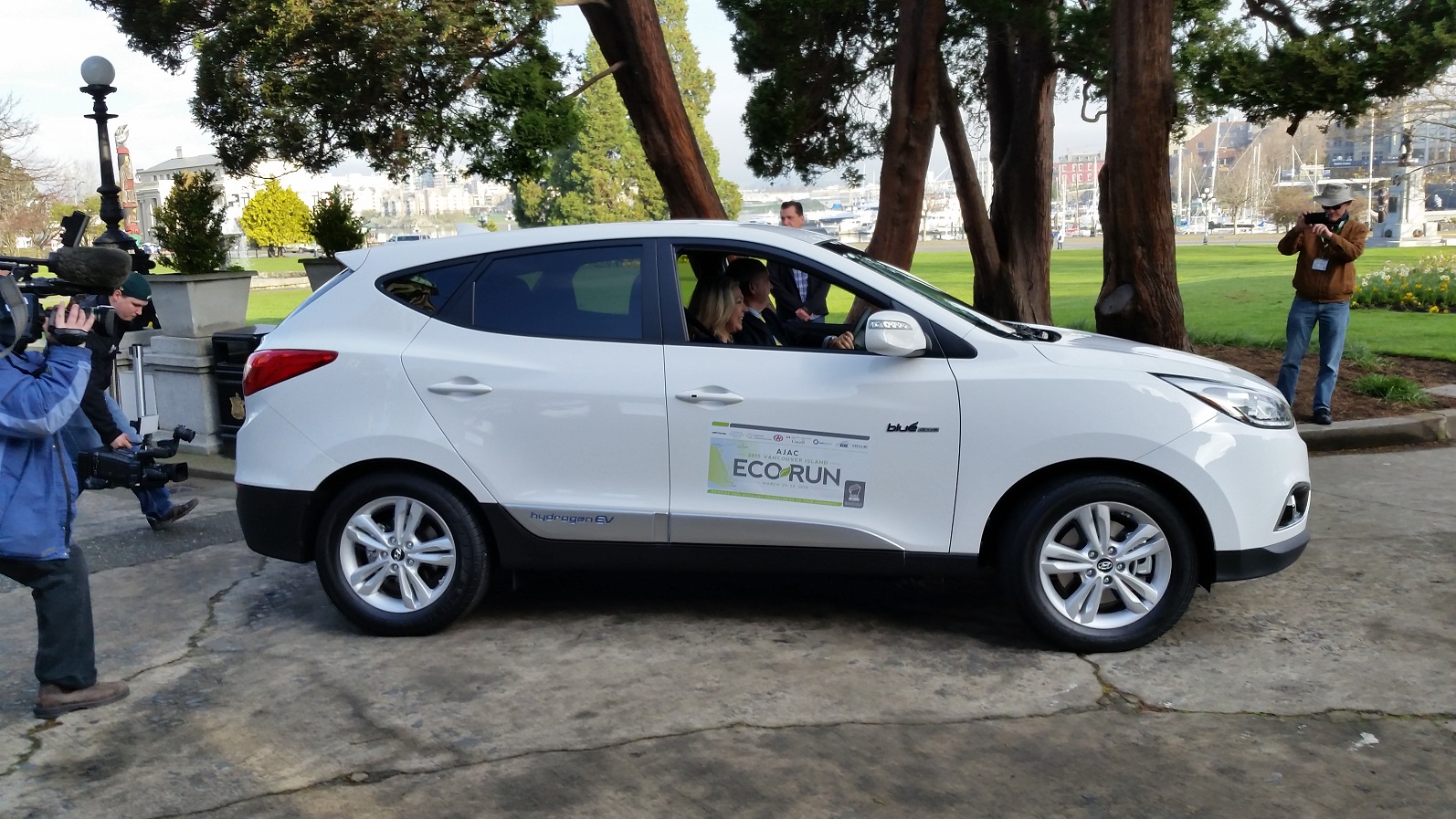
The newly announced funding will provide incentives for qualifying vehicles. Funding of this programme will help to continue attracting new clean energy vehicles to the BC market. The New Car Dealers Association of BC (NCDA) will administer this on behalf of the provincial government.
Minister Bennett effused that “British Columbia has the highest per-capita electric vehicle sales and the largest charging infrastructure in Canada and we look forward to working with the NCDA on the renewed Clean Energy Vehicle programme and encouraging even more British Columbians to consider clean, green options the next time they visit the showroom looking for a new car.”
Effectively, BC has now re-established itself as a market with high demand and infrastructure in place for manufacturers to offer new electric, plug-in hybrid electric, and fuel cell cars.
With the sun shining and cloudless blue skies overhead, the cavalcade of cars left Victoria for North Saanich. For this leg we were in the premium Infiniti Q50 Hybrid and enjoyed a short road trip before stopping for necessary sustenance and changing vehicles.
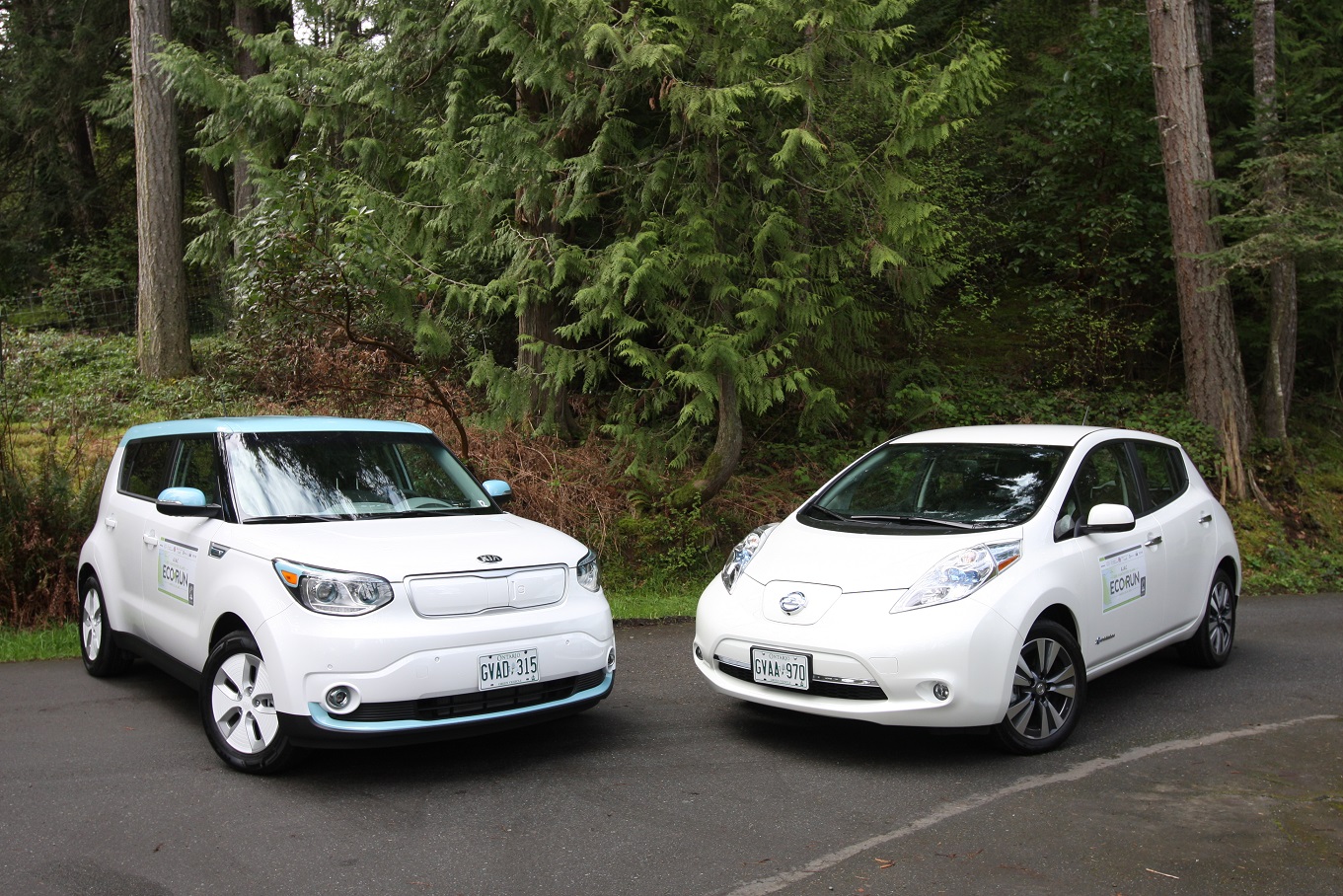
The AJAC award-winning Kia Soul EV was to be our penultimate ride. In Sidney, we participated for the second time in the auto ballet of cars, trucks, SUVs – even tractor trailers being boarded with almost precise chaos onto another ferry. There, we crossed the cold, deep waters to Tsawwassen where we drove north briefly to Steveston. Parking en masse, we participated in a guided walking tour and discussion of the former cannery district and learned about the town’s history, specifically the initial settling of migrant Japanese workers who toiled in the canneries.
With the sun beginning to set on our final day and final drive, cars were changed; this time we were in the Ford Focus 1.0L – the four door sedan version. Our second vehicle with a manual transmission during this event.
The drive to our hotel was uneventful – in spite of hitting every red light ever installed on Vancouver’s busy Granville Street while residents were commuting from the city to their homes, and others going north, into the city for a variety of events around the Vancouver Auto Show which at this point, was in full swing.
So, four down EcoRuns in the books – more to go?
Where might future EcoRuns occur?
And the evolution of the event? Well, to be clear it is, as expected, all about the vehicles. In 2012, the “push” appeared to be for an EV solution. Beyond 2015? Is the future fuel cells – or is there a place set at the table for all manner of new and available powertrains that fulfill so-called green mandates?
Time – and technology – will tell.
